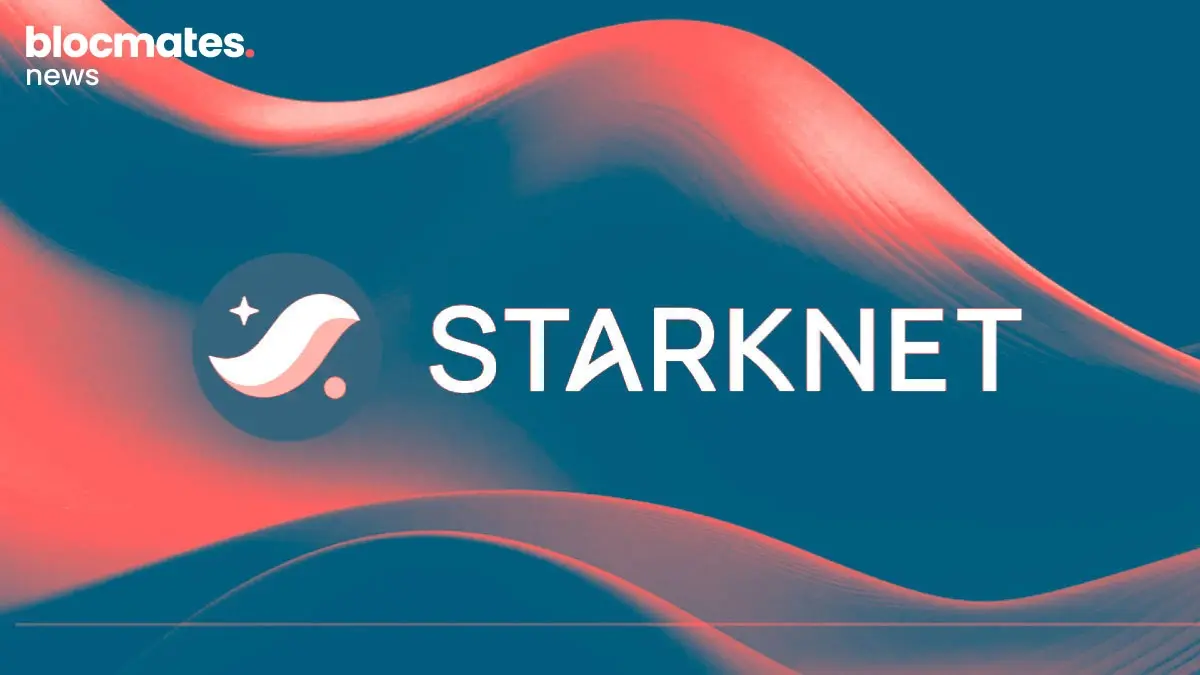A lot has happened over the past few weeks, and it’s hard to keep up.
There’s an AI and degeneracy confluence, a former US President attempting to launch a DeFi dApp, and Andre Cronje crawling out from the shadows of his coding lab to give his two cents on appchains.
The latter is well in line with the fact that recently, on the infrastructure front, the focus has somewhat shifted from simply scaling Ethereum (L2 proliferation) to building configurable, interoperable, decentralized primary networks that optimize performance, security, and scalability at the core.
Why?
Well, decentralized applications (dApps) are becoming sophisticated, requiring much more improvement in design and functionality. With this growth, there is a realization that a one-size-fits-all blockchain doesn’t cut it anymore.
This trend has appchains — blockchains built for a single dApp or concentrated use case — gaining momentum.
Appchains leverage the security and infrastructure of a more robust, general-purpose blockchain (primary network chain) while having their own validation infrastructure.
This approach affords them (dApps) the flexibility to customize their networks while benefiting from a secure and scalable foundation.
However, for these appchains to thrive and attract users, primary network chains must offer more than just a secure footing — they need an edge in infrastructural and economical design.
Surprisingly, not many network chains are thinking in the right direction. In fact, most of them still rely on incentivizing appchains to deploy on their network and make users interact through periodic token distributions — methods that are not really sustainable.
Based on this premise, it’s worth highlighting those who are taking a completely different approach to chain elasticity, like SKALE network.

What is the SKALE network?
SKALE is a zero-gas fee invisible blockchain network that supports or provides the architecture for a network of interoperable L1 appchains — all of which are EVM compatible and share network benefits such as pooled security.
SKALE has truly been built different from the start. The network pioneered the appchain architecture with a unique chain subscription model. (Yes, they invented the ‘Superchain’)
SKALE has stood the test of time for four years, a testament to its resilience despite market fluctuations. Over these years, certain key attributes have come to define SKALE: invisible, superfast, gas free, and interoperable — all while maintaining a user-centric approach to ‘scaling’ (😉).
That's quite a list, isn’t it?
In the following paragraphs, we’ll break down each attribute, as they all play an essential role in making SKALE stand out from the crowd.
SKALE as a gas-free, user-centric, and invisible appchain network
Paying for everything we do on-chain is the opposite of a great user experience. It is, in fact, a frustrating element of our industry that should be antique by now.
How do I tell my normie friends that they can send emails on-chain and no longer rely on email providers with limited storage capabilities or centralized servers that could put their data at risk?
But just when my sexy alternative almost buoys them to go ahead and give it a try, they discover they have to pay a fee for every message sent.
There’s a word for it, and it’s ‘madness!’
This is what SKALE is trying to put an end to. It’s one thing to scale by making transactions cheaper, but it’s a different ball game if you can eliminate transaction or gas fees entirely.
How does SKALE achieve this?
The magic behind a zero-gas fee network is what SKALE calls “The chain subscription model.”
If you recall, we explained earlier that SKALE is a network comprising an unlimited number of interoperable L1 appchains. The cool thing is that these appchains or appchain deployers pay a monthly blockspace rental fee (fixed amount) in the SKALE token ($SKL) to validators (node runners).
As a result, users who are at the tail end of interacting with appchains built on the SKALE network are waived from paying fees, thanks to validator rewards from the chain subscription model.

On other networks, like the ones you’re used to, the validator rewards come from YOU, the user, paying fees, whether exorbitant or cheap.
On SKALE, the appchains pay the fees to validators, absolving YOU, the user, from paying any fee to interact with dApps on the SKALE network.
This approach basically puts you, the end user, in the driver's seat. It doesn’t get more user-centric than that.
However, this doesn’t mean that there’s no “gas token” on SKALE. There is. It’s called sFUEL, and it’s distributed automatically by the dApps using account abstraction mechanisms. It has no economic value. sFUEL protects all SKALE Chains from DDOS/spam attacks.
The difference, however, is that you, the user, don't pay the gas fee with your own money.
But you might be tempted to ask: What about the L1 appchains? What sort of project would want this type of structure?
The answer is straightforward: Appchains benefit from this setup because it allows them to maintain predictable costs. Instead of dealing with fluctuating fees due to network usage or congestion, they have a fixed, stable overhead for doing business.
This stability makes it easier for them to manage finances, onboard users, and plan ahead.
The end goal for SKALE here is to create an invisible blockchain — a network where users interact with appchains without the complexities associated with doing so.
SKALE combines account abstraction features with other essential functionalities to ensure that invisibility is achieved and on-chain applications can compete with their off-chain counterparts.
SKALE network design (The L1 appchain infra)
SKALE network was built to provide EVM compute in a cost-efficient way.
The unique design implemented during the initial creation resulted in a system theoretically capable of an unbounded number of high-throughput SKALE Chains regardless of their particular use.
The individual app chains found in the network for projects like Exorde (artificial intelligence) run on the same stack and the same nodes as SKALE HubChains, such as the Nebula Gaming Hub.
HubChains are SKALE Chains with many dApps running on them, focused on a shared use case. Not all dApps need the full block space of their own SKALE Chain, so launching on a hub is more resource- and cost-efficient.
To achieve both scalability and sustainability when offering zero gas fees at such a high speed, SKALE network uses a unique approach to operations known as unified consensus. Unified consensus is unique to the SKALE Network, where the validators work together to build the chain as quickly as possible instead of competing for each block.
This is because SKALE validators are incentivized via SaaS-style chain payments [plus token bounties] as opposed to gas fees from blocks.
SKALE Manager: Nodes & validators
SKALE has many moving parts, but fortunately, much of the underlying complexity can be abstracted into a few key network components. One of these components is the SKALE Manager.
SKALE Manager is a set of smart contracts that live on the Ethereum mainnet that coordinates validators and node registrations, SKALE Chain creation, bounties, SKL delegations, Distributed Key Generation (DKG), and Service Level Agreements (SLA).
SKALE Manager brings decentralized revenue share to Ethereum. At press time, around 2,724 ETH [worth ~$7.2 million] had already been generated as revenue to share with Ethereum.
This plays a critical role in day-to-day network operations as validators come into the network through SKALE Manager, create their validator IDs, receive delegations and stake SKL for SKALE nodes, and then can provide compute in the form of SKALE Chains for the network.
SKALE nodes — which are operated by validators — are a collection of services that perform various actions that typically range from monitoring other nodes to running SKALE Chains.
One of the unique innovations that the SKALE network has brought to the blockchain landscape is containerized scalability.
Traditional blockchains require very powerful and expensive infrastructure to run, whereas SKALE Chains are run as node containers [or compartments] within a broader SKALE SuperNode.
A SKALE Chain is currently made up of 16 nodes or containers, which are spread across various validators.
To make this functional, especially knowing that nodes need to be able to move on and off of SKALE Chains, the SKALE network utilizes a pool of SuperNodes from which SKALE Chains randomly draw nodes.
When new chains are requested to be created in SKALE Manager, the nodes are randomly assigned to the SKALE Chain.
Running a full node or participating in delegation by staking any amount of SKL tokens are both economic activities that attract rewards in different proportions. While the former attracts a revenue stream, the latter fetches passive income, simply by just staking any amount of SKL.
SKALE Chains
SKALE network can run many L1 chains in parallel, with every single SKALE Chain maintaining its own state (e.g., information), consensus (e.g., validators creating the chain), and throughput (e.g., users transacting with the chain).
SKALE Chains offer developers the opportunity to develop with industry-standard EVM tooling while benefiting from gas-free transactions for each network.
The gas-free nature of SKALE combined with instant finality and large compute bounds enables the creation of positive user experiences while still maintaining various benefits that a blockchain can bring to both the developer and the end users.
A feature of SKALE Chains is their high-throughput, allowing the network to process an incredible amount of transactions quickly and efficiently.
With a better understanding of how SKALE works under the hood, it’s important to understand how words like EVM, consensus, and validator translate into everyday interactions.
Where things stand
We’ve looked into the activities on the network (SKALE), and the numbers are pretty solid.

At the time of writing, the network hosted over 20 L1 appchains or SKALE Chains, 112 SuperNodes comprised of 896 nodes, and boasted more than 47 million active wallets.
Thanks to SKALE’s invisible blockchain experience, its on-chain gaming sector is also thriving — with over 67 games live and more waiting to deploy.
SKALE, as an invisible blockchain, makes it seamless to onboard web2 game players. Evidence of this can be seen in five games (Haven’s Compass, Fusyfox, StrayShot, World of Dypians, and Metaverser) making it to the Epic Games Store with a growing number of players.
The ecosystem also includes 14 dApps with more than 10,000 monthly active users (MAUs) and has averaged more than 500k daily active gaming wallets in October so far.

These dApps/games include motoDEX (on-chain racing game), World of Dypians (Adventure), Haven’s Compass (AARPG), Pixudi (board game), StrayShot (shooter esports), DexGo (move-to-earn game), Dmail (on-chain email), Hurley Super Surfer, Yomi Block Puzzle, Arena Games, CircSage, and BitHotel.
The AI sector is not left out and already shows signs of life, with about 12 projects onboard, including Exorde , Palm AI, and several others waiting to deploy.
The network has an impressive 99.9% uptime and is incredibly fast as well. In fact, SKALE is dubbed “the world’s fastest blockchain,” according to a study conducted by Dartmouth Blockchain.
But it is about to get even faster, thanks to the Pacificav3 upgrade. This upgrade will see SKALE achieve double TPS and and register a 108% increase in block mining speed. You can read all about it here.
Some of SKALE’s L1 appchains can be categorized into hubs, with the Nebula and Calypso hubs being the two foremost appchain hubs on SKALE.
While Nebula is proliferated with gaming projects, SKALE’s most dominant sector, the Calypso Hub, is innovation-focused with some elements of AI applications that have recently joined the party.
Blockwork’s recent report on SKALE highlights the Nebula Hub as the heartbeat of SKALE’s on-chain activity, given that it is responsible for a significant portion of activity on the network.
This solidifies SKALE’s model, making it attractive for gaming applications.
By and large, the growth of the SKALE network since the first quarter of the year up until now has been impressive, and the project has been delivering on partnerships that expand the SKALE ecosystem and add meaning to it.
Another interesting stat to note is that the SKALE network had saved users over $8.5 billion dollars in gas fees.
Potential use cases for SKALE
Sure, gaming is all cool, but is that all we could use a zero-gas fee network chain for?
Somewhere, deep down, there’s a slight nudge that SKALE could potentially do more than games and NFTs. There’s a need for other types of applications to create a hub on SKALE, leveraging the ability to calculate the overhead cost as well as relishing the beauty of easy user acquisition with zero-gas fee payments.
Industries that can potentially benefit from deploying an appchain on SKALE include those focussed on real-world assets (RWA) and decentralized physical infrastructure (DePIN) networks.
With no fees bogging down RWA and DePIN apps, more complex tokenization solutions can be brought on-chain, utilizing SKALE’s customizable architecture to create monster products.
An example of this already exists on SKALE in the form of Exorde. Exorde is a leading DePIN project that executes over 13 million on-chain transactions per month on a SKALE L1 appchain.
SKALE’s incredibly high throughput and design to calculate overhead costs using the SKALE Chain subscription model should particularly appeal to DePIN and RWA applications.
The SKL token
The SKL token governs the SKALE network. The token is used to vote on protocol proposals and acts as an incentive for network validation and delegation.
Holders of SKL can stake their tokens with any validator of choice, thereby delegating the token to be used for network validation.
Currently, the minimum staking requirement to run a full node is 20 million SKL tokens. In return, delegators receive monthly rewards, while validators earn on an epoch basis.
However, anyone can decide to stake any amount of SKL as a delegator and earn ~10% APY in rewards
However, this is not the only case where the SKL token can be used. The SKALE native token is designed to do more than the average governance token.
It also functions as a payment method for developer subscriptions. In other words, appchains renew their monthly elastic sidechain subscription payment using the SKL token.
Lastly, given the current reaction of the market towards low-float/high FDV tokens, it’s imperative to state that SKL is not a low-float/high FDV token.
Over 85% of the maximum supply of the token is in circulation with the team, and seed round allocation is fully unlocked.
This means that holders can purchase the token without the fear of being dumped by seed round participants, VCs, or the team.
The SKL token currently sits at over $200 million in circulating market cap, with an FDV of $240 million, and is listed on top exchanges such as Binance and Coinbase.
Concluding thoughts
Phew, that was a long one, wasn’t it?
Well, for a project as impressive as SKALE, sometimes you need these long-winded reports to make sure we’ve dotted our I’s and crossed all our T’s.
In general, we were sold as soon as we heard zero-gas fees because, well, who doesn’t like free transactions? But free transactions are meaningless without an ecosystem to back the impressive infrastructure that’s been built.
As you can tell, the team at SKALE has done exactly that. From sealing DeFi partnerships with likes of Sushiswap to enhance liquidity in the ecosystem to supporting the creation of vibrant gaming and NFT communities, SKALE has all bases covered.
However, the team is also looking beyond crypto-native applications to harness the power of SKALE. A great example would be Dmail, the on-chain email service provider that is enhanced by AI.
We can go on and on, but I think you get the point. SKALE is serious. All you have to do is make sure you ride along.






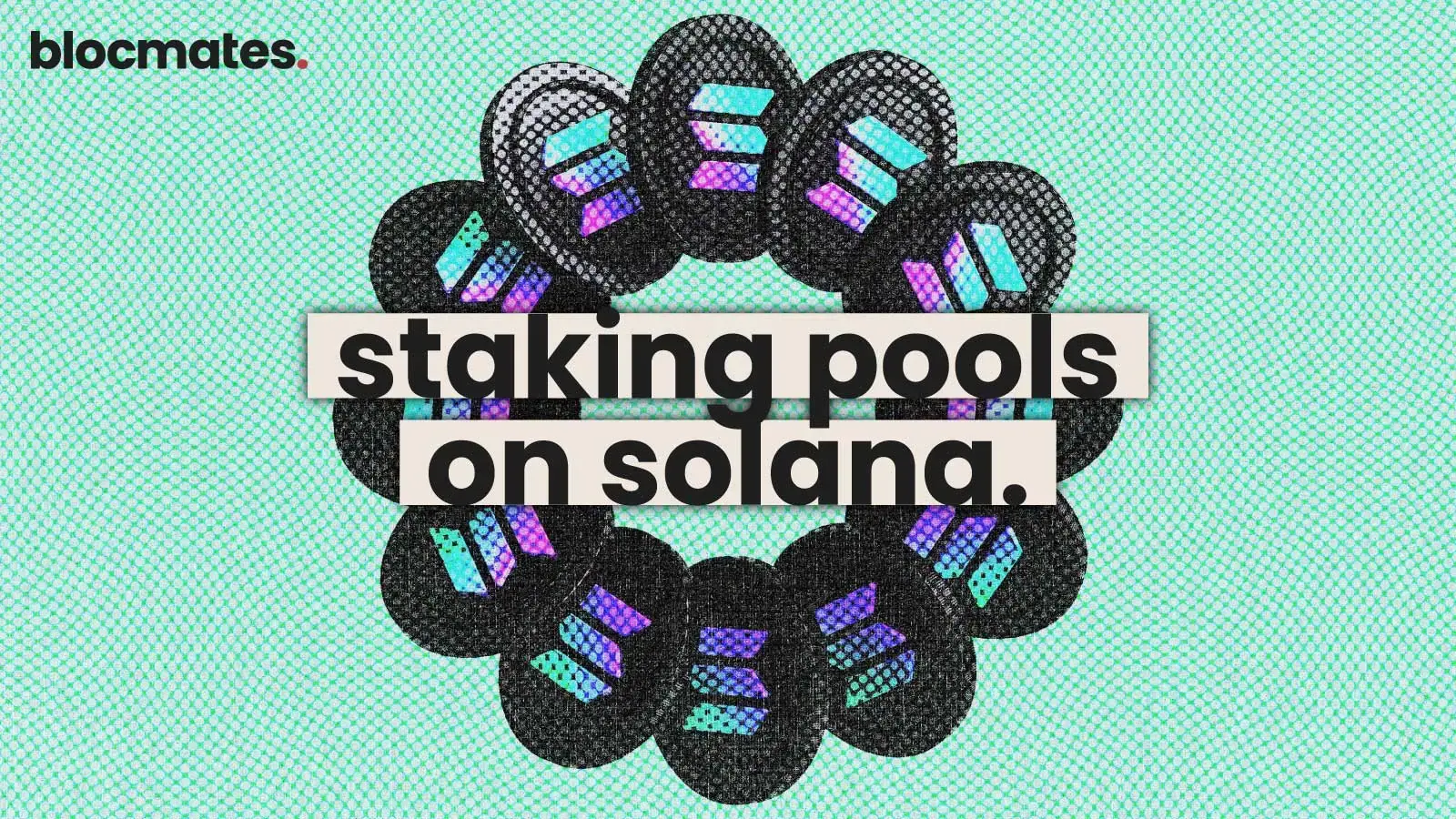




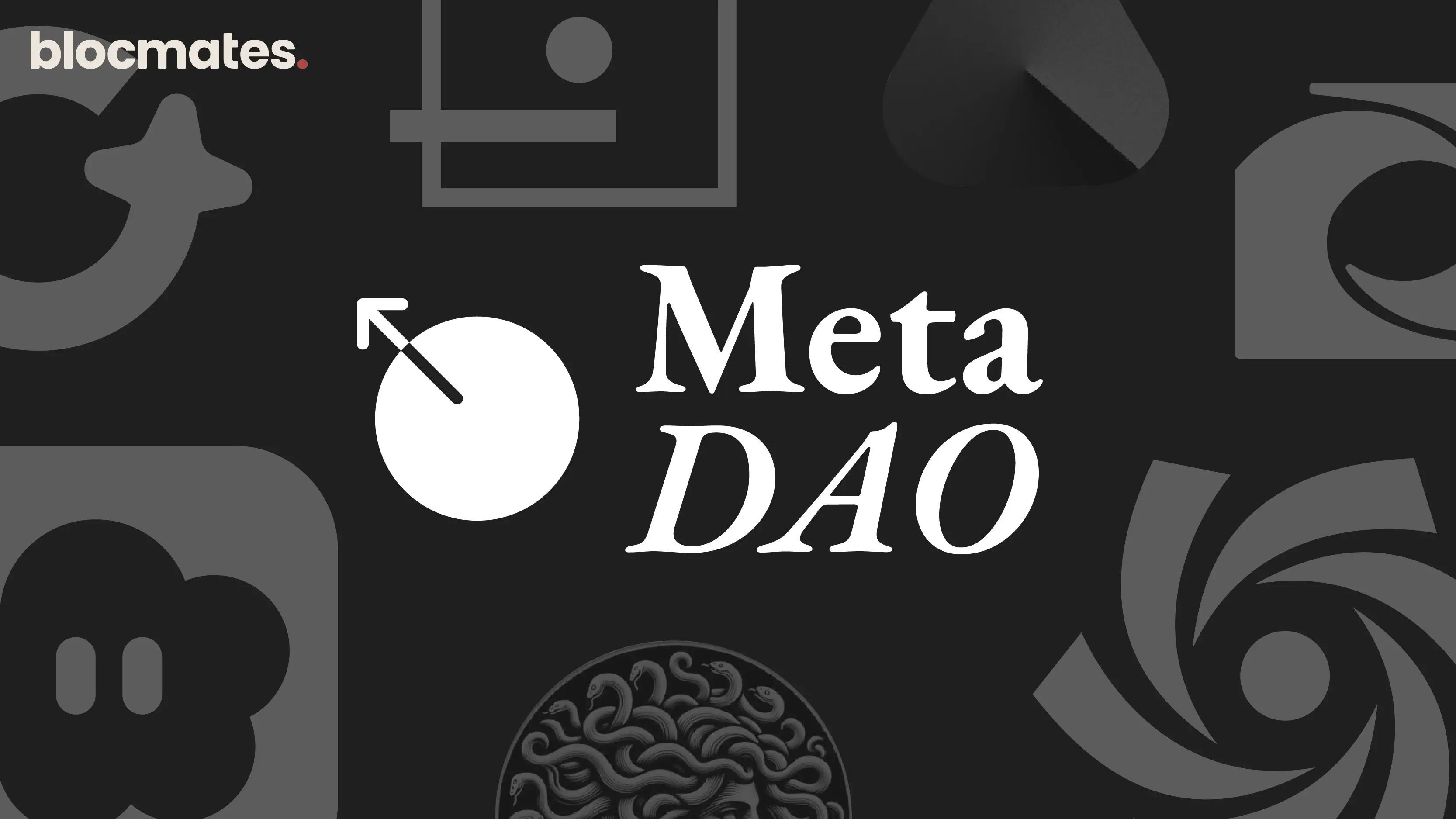
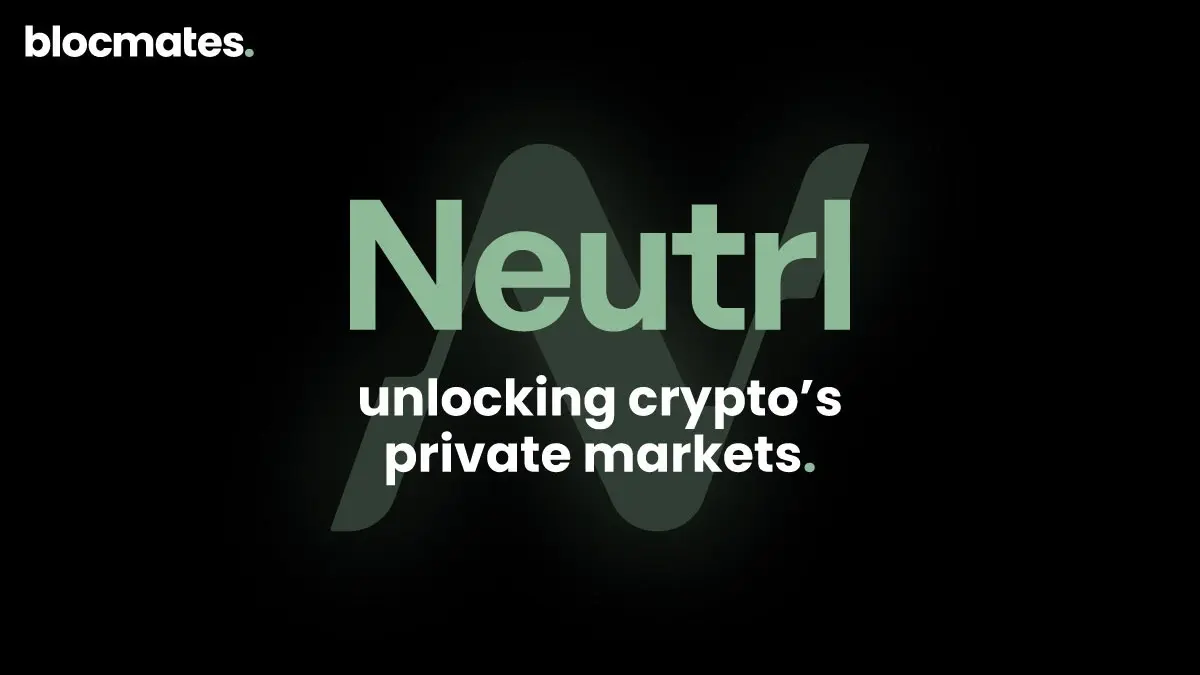


.webp)

.webp)
.webp)
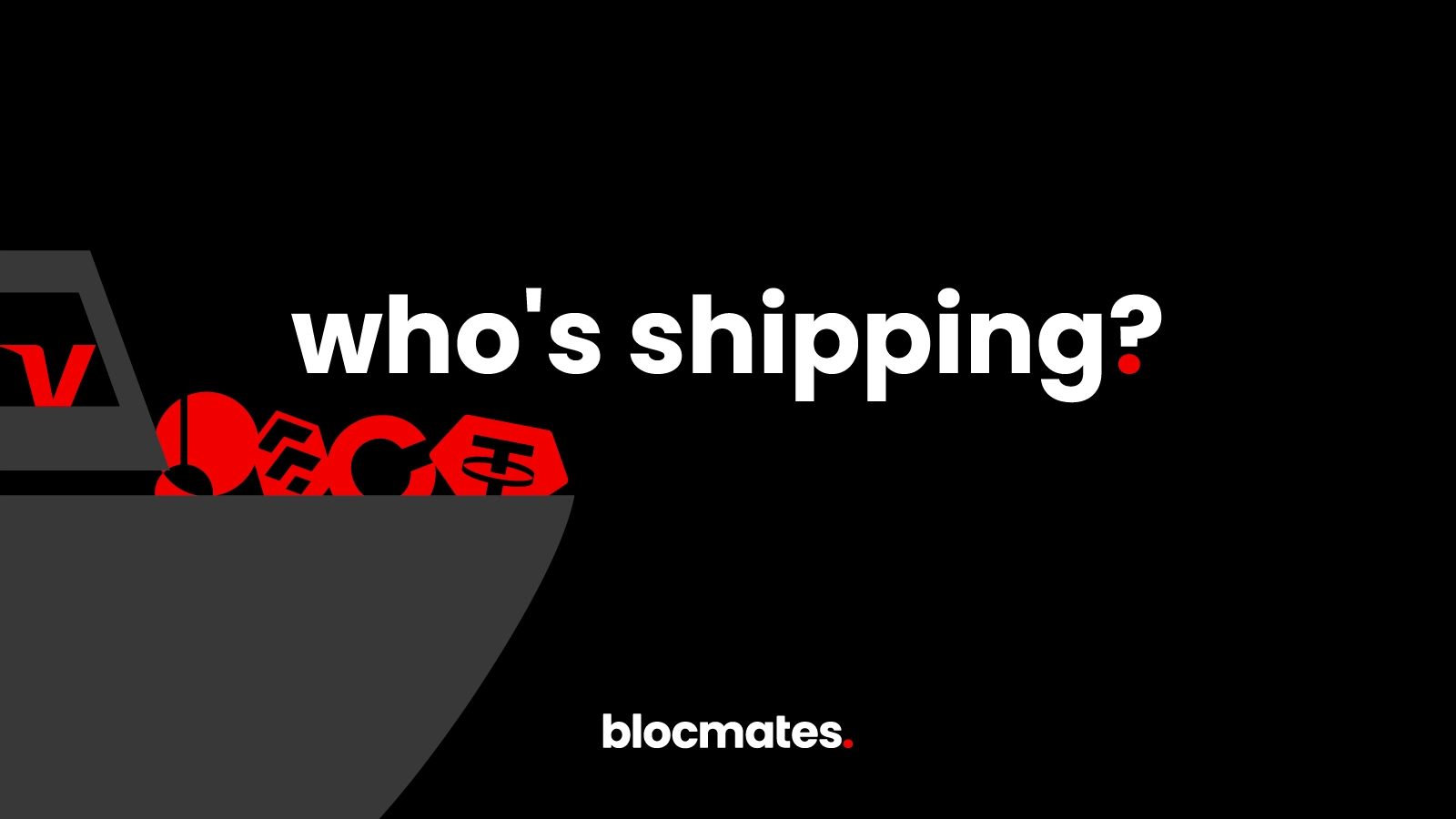
%20(1).webp)
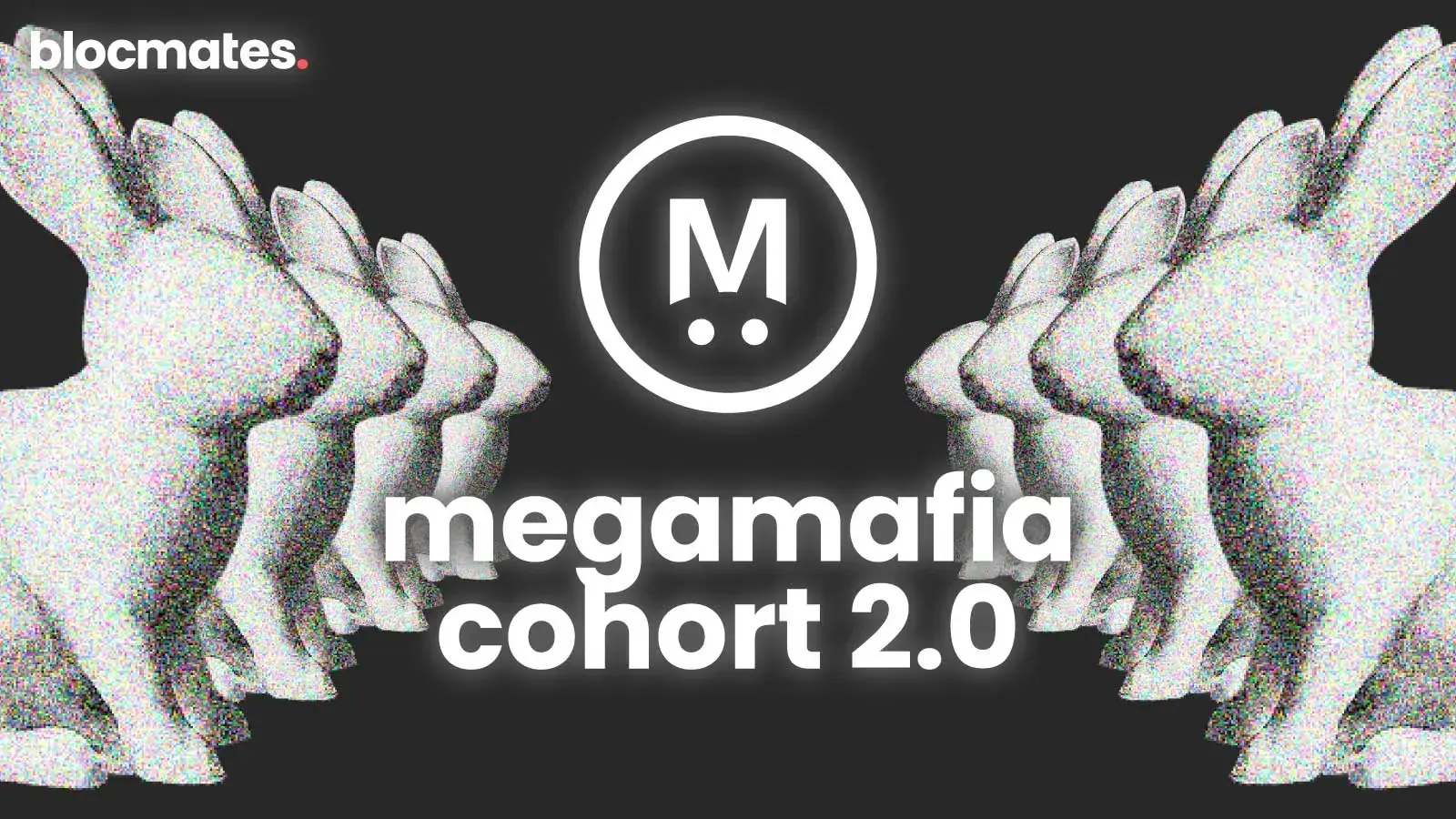
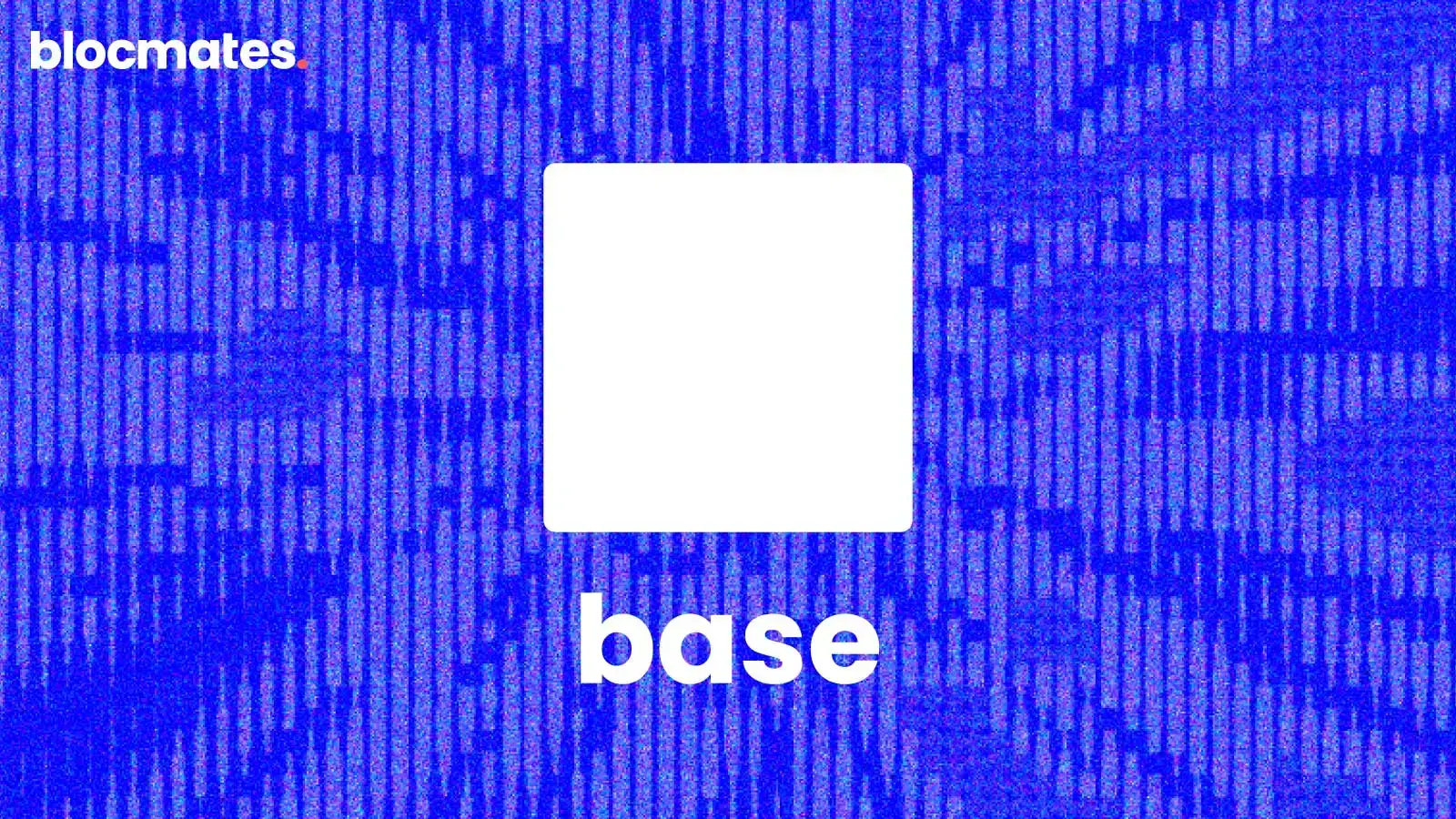
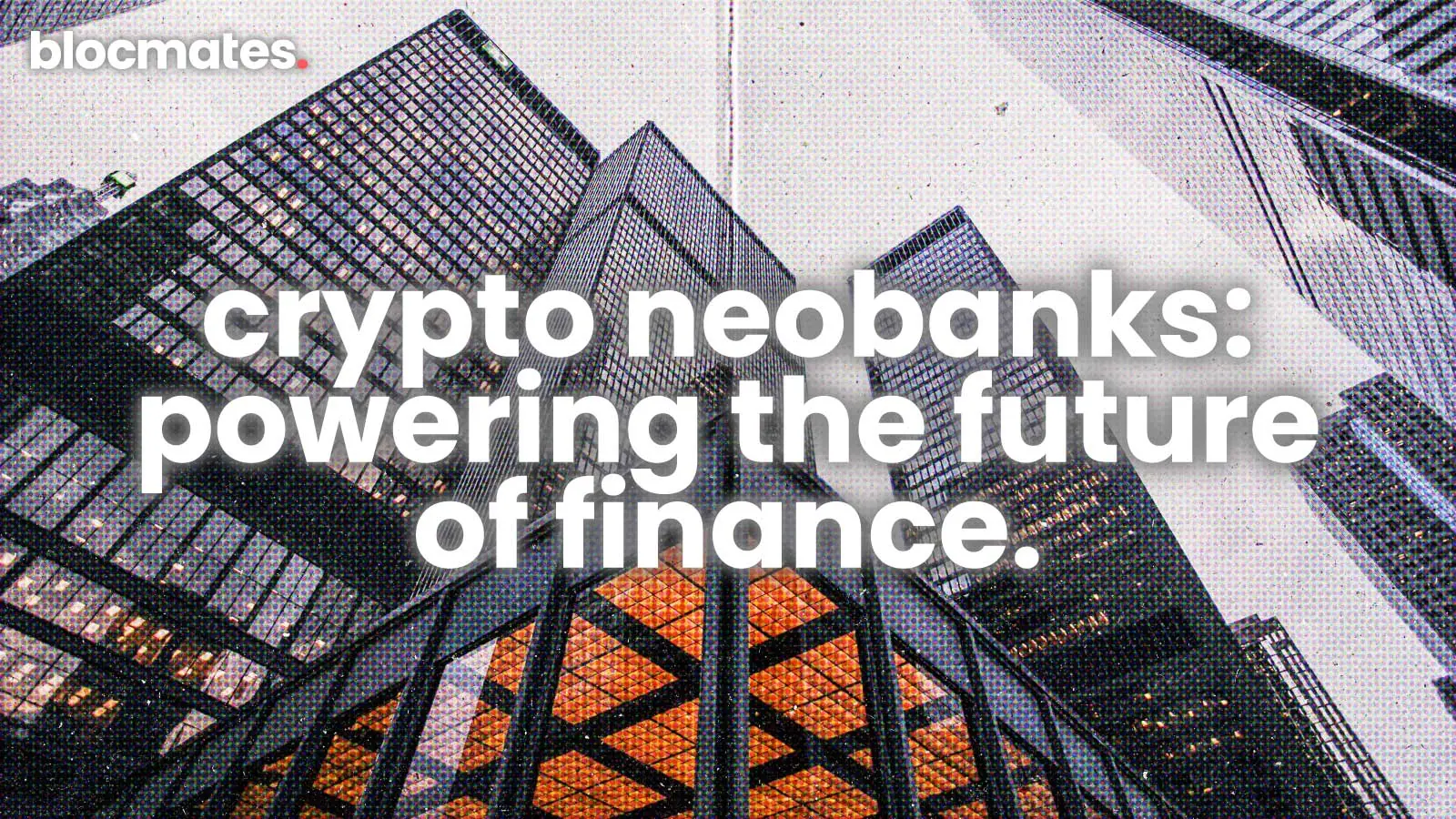


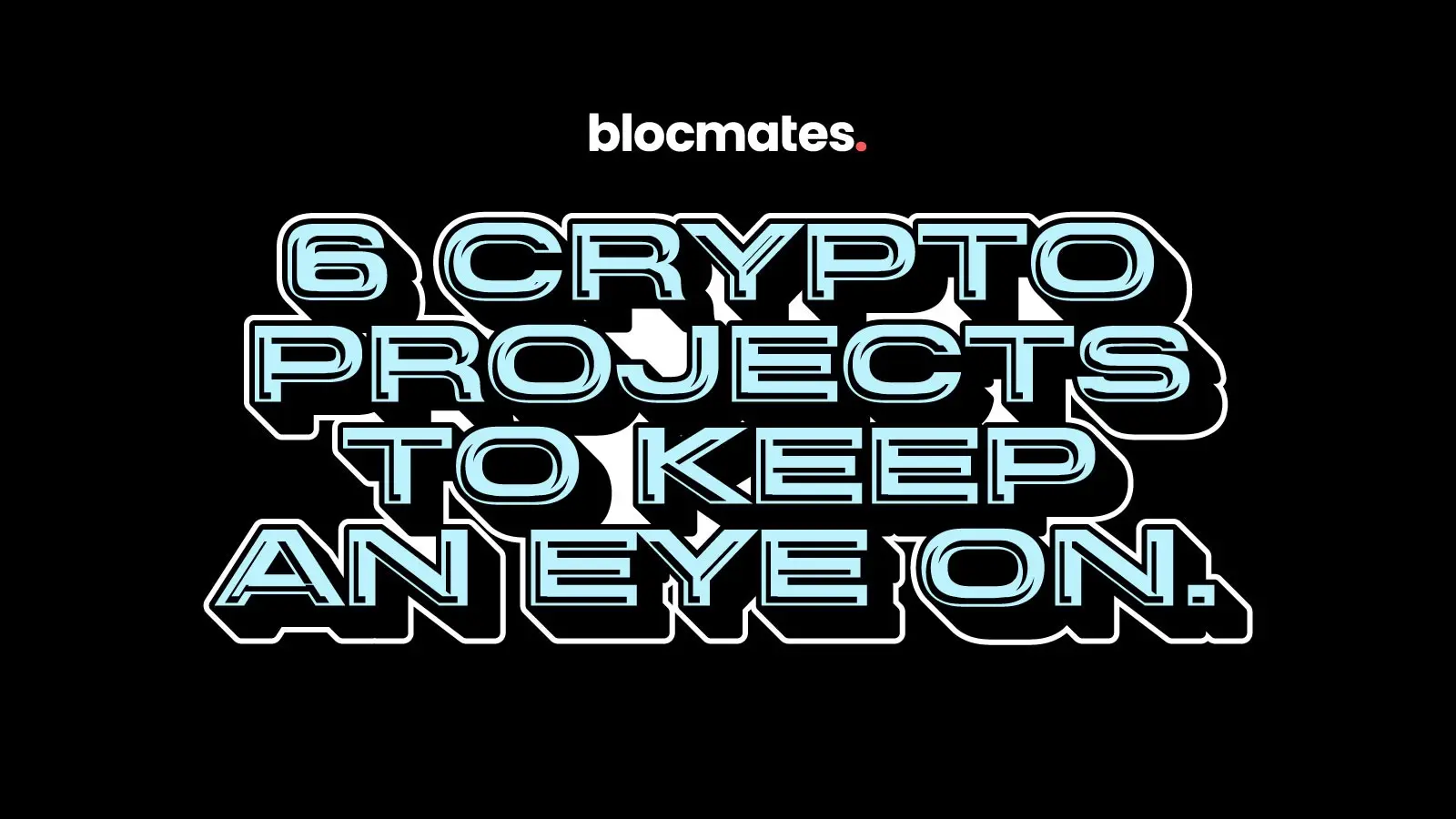
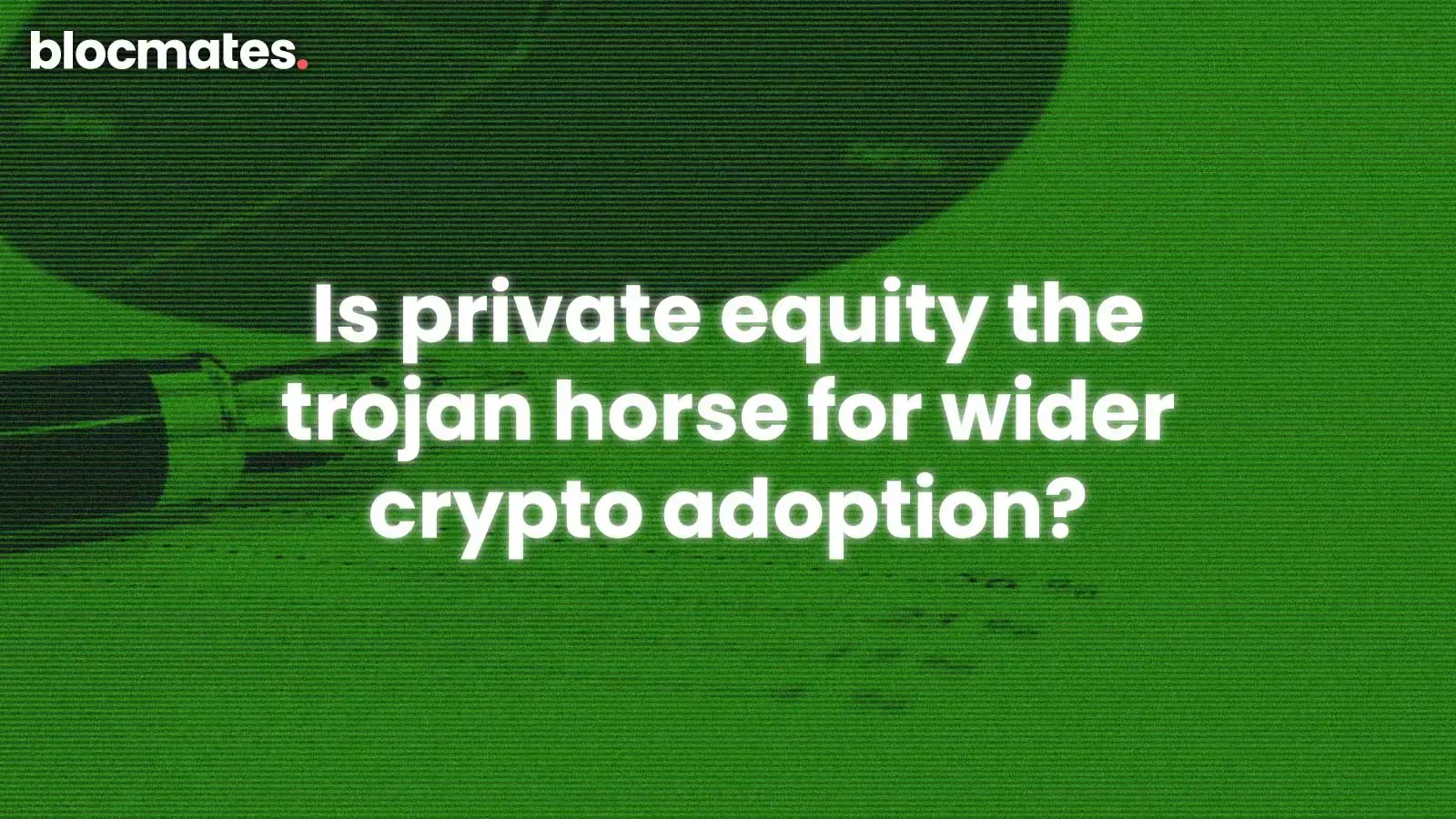
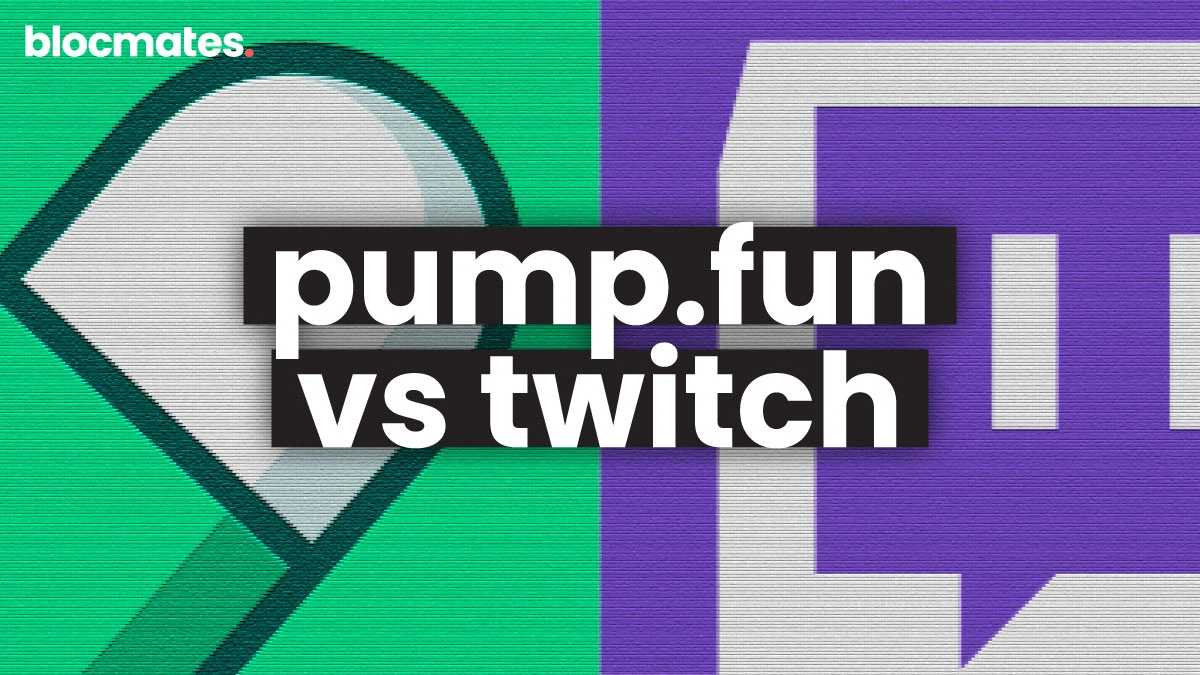

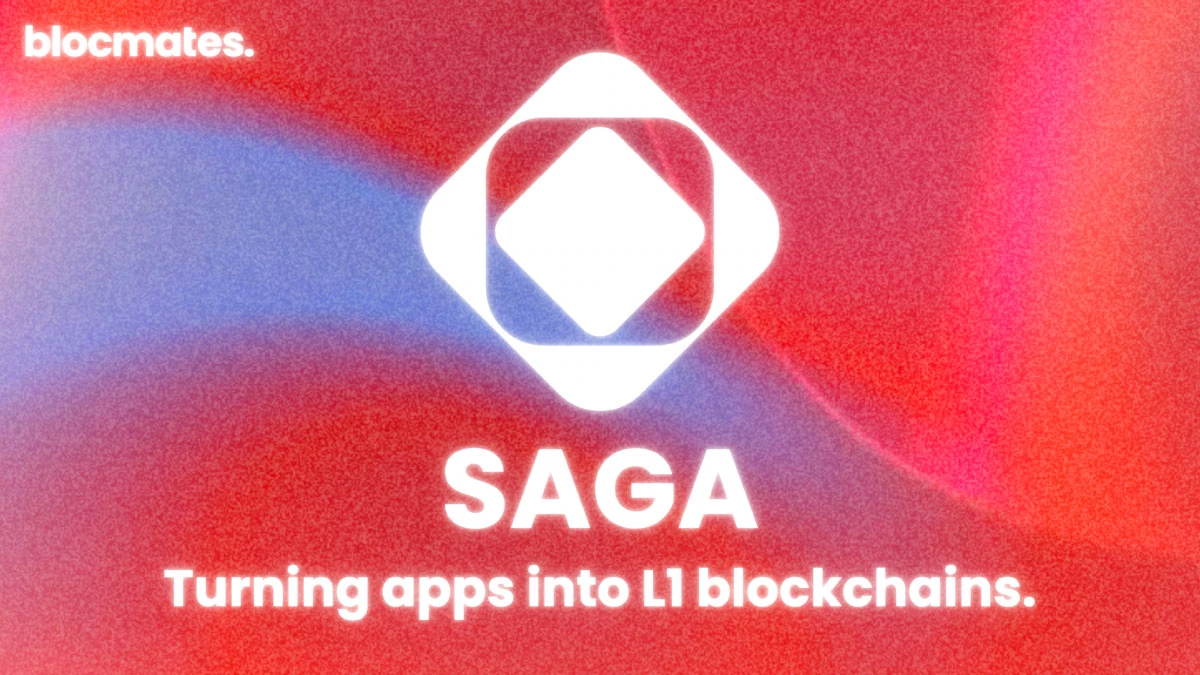

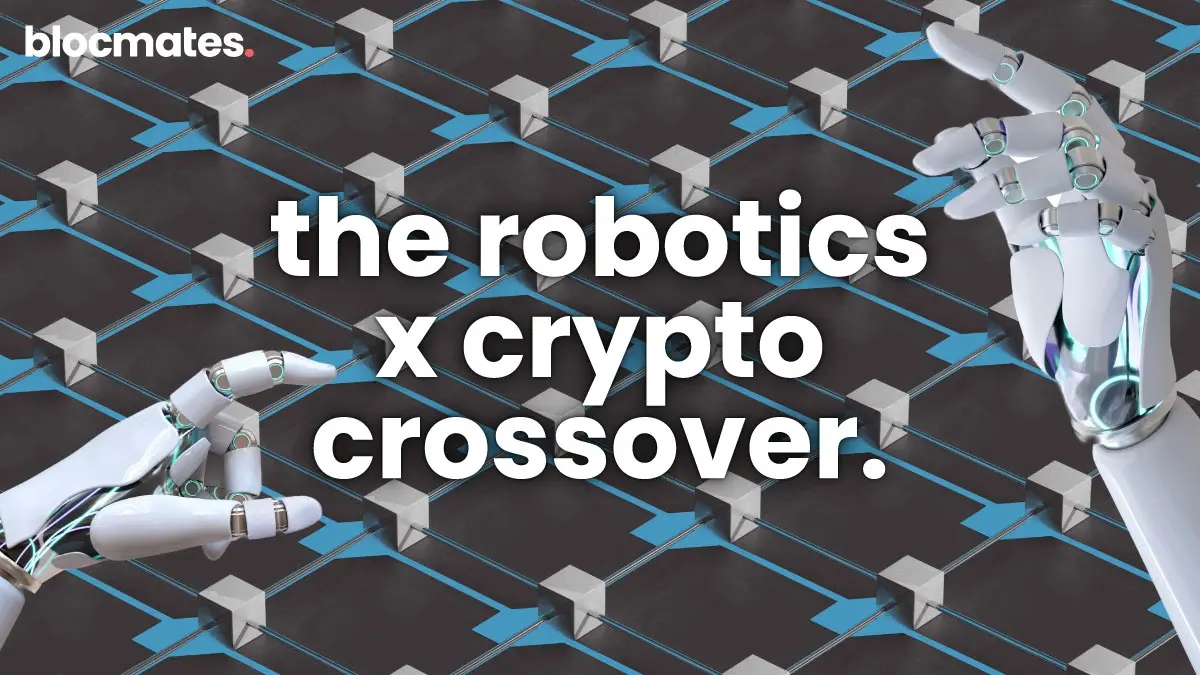
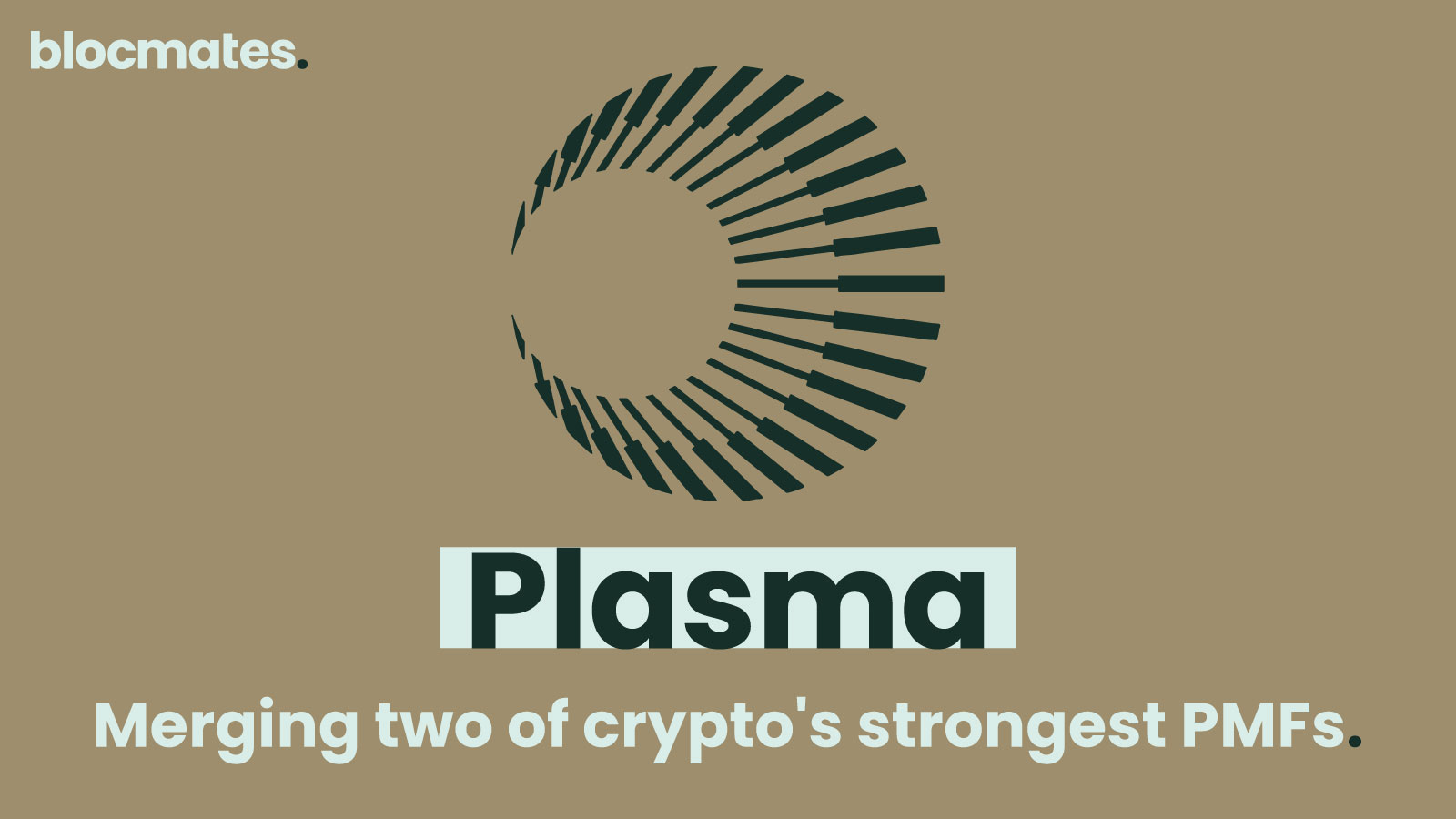

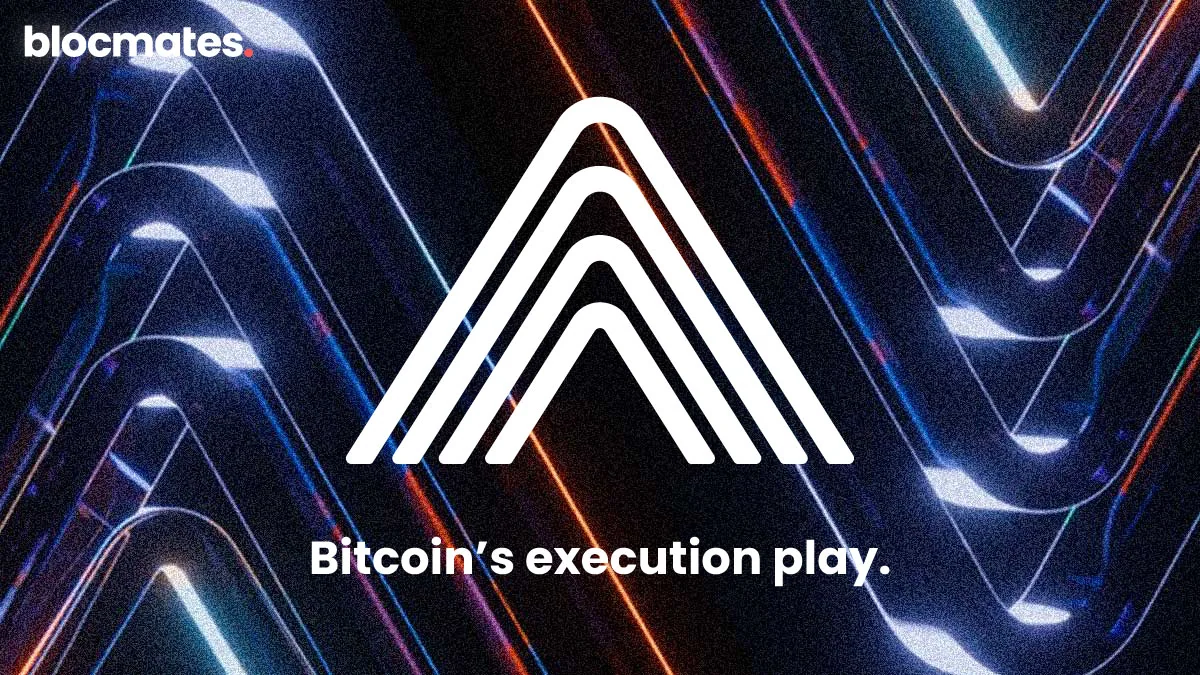
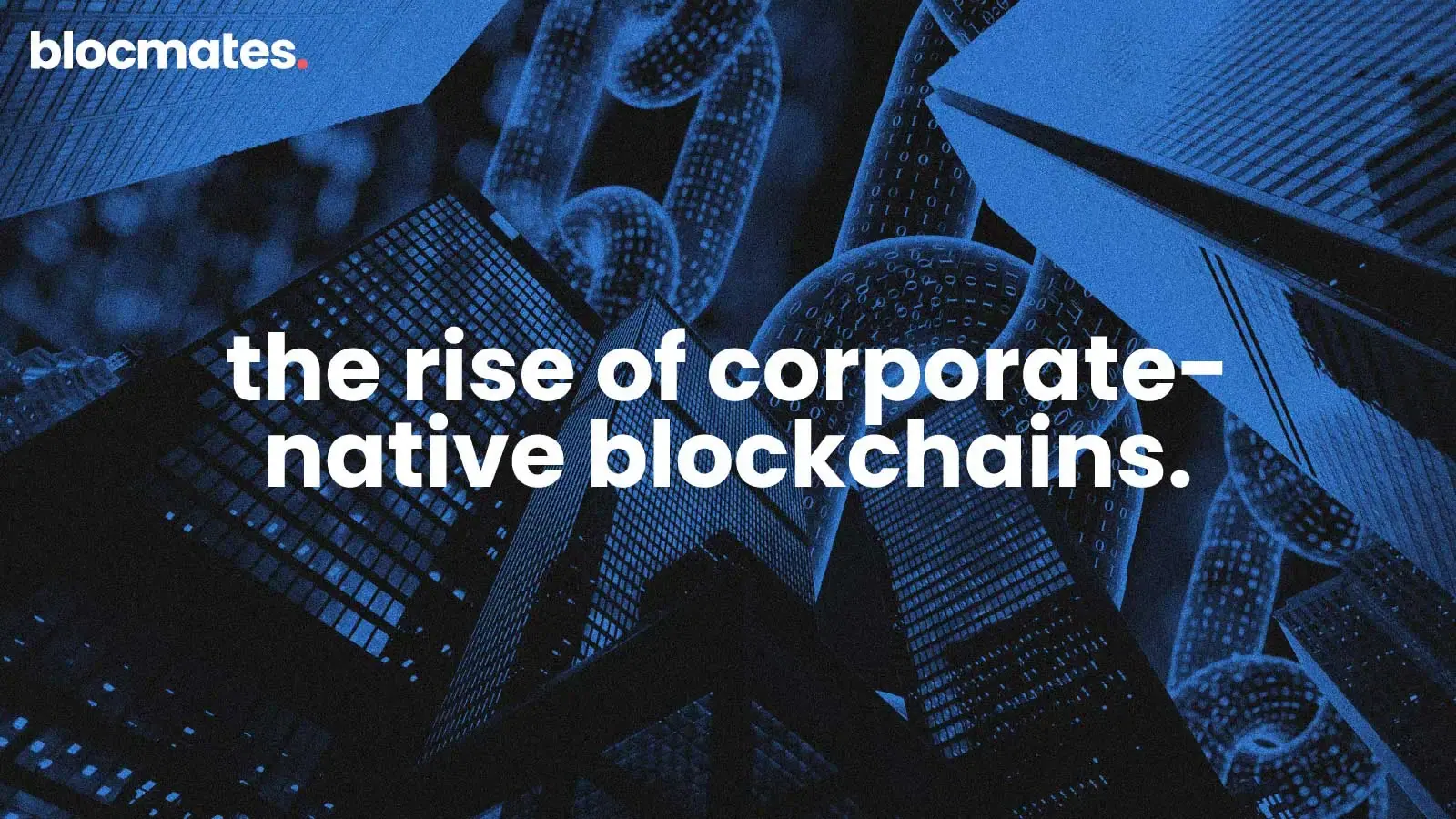
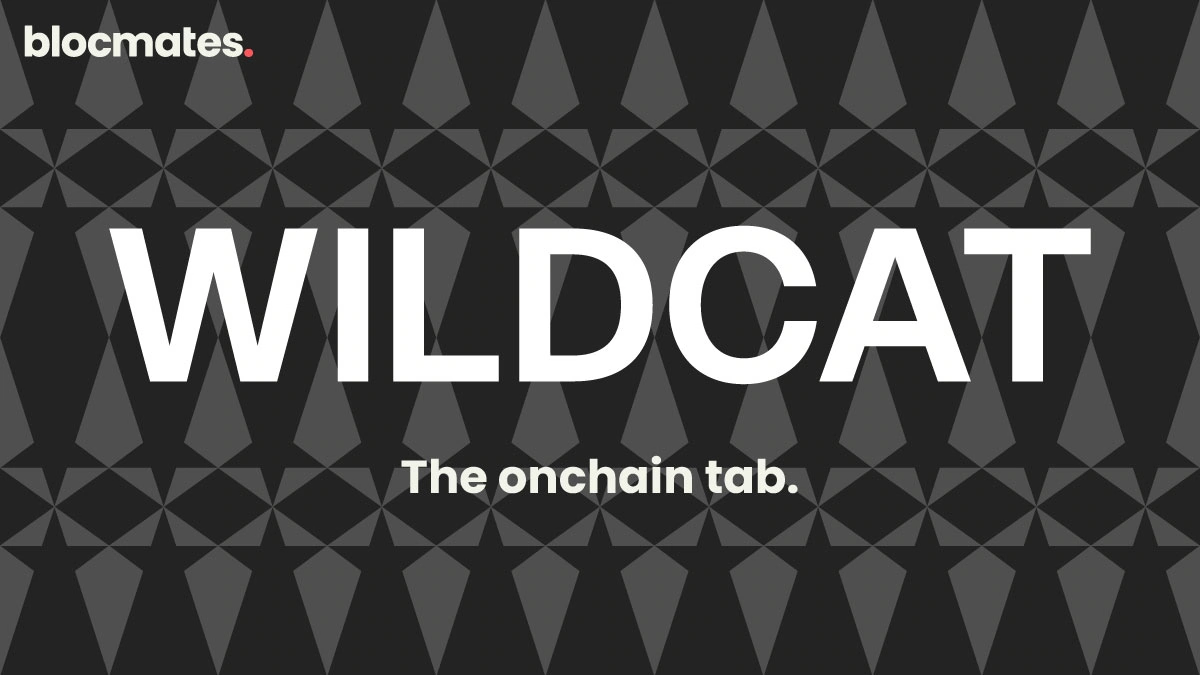
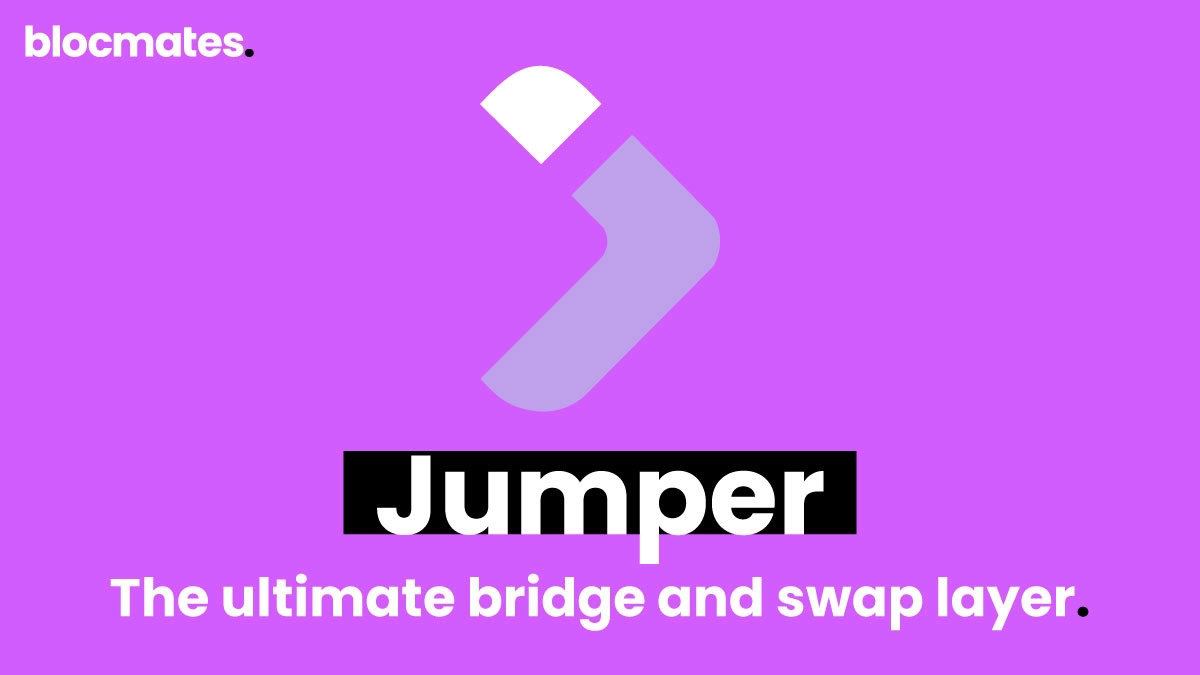
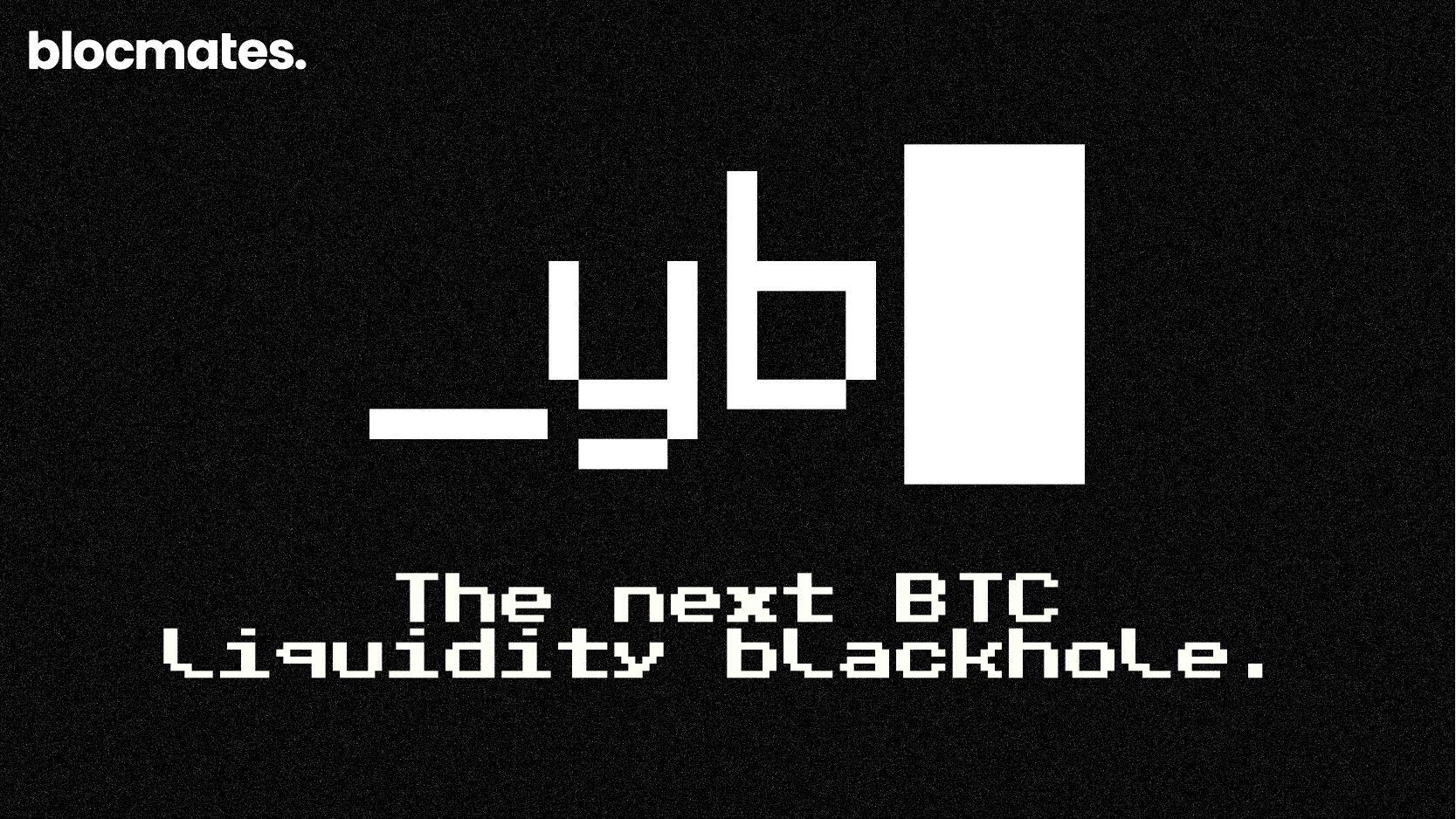
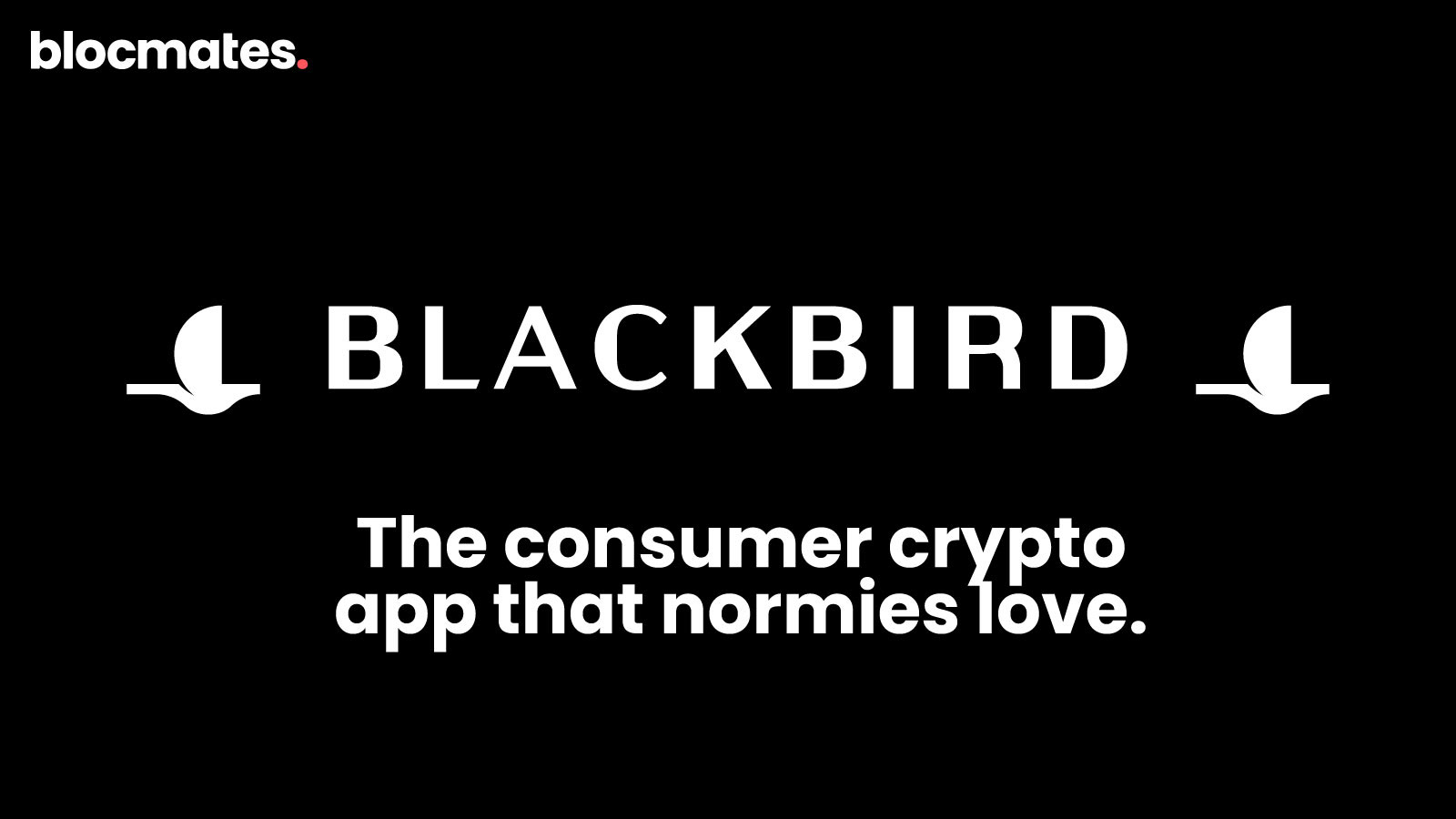
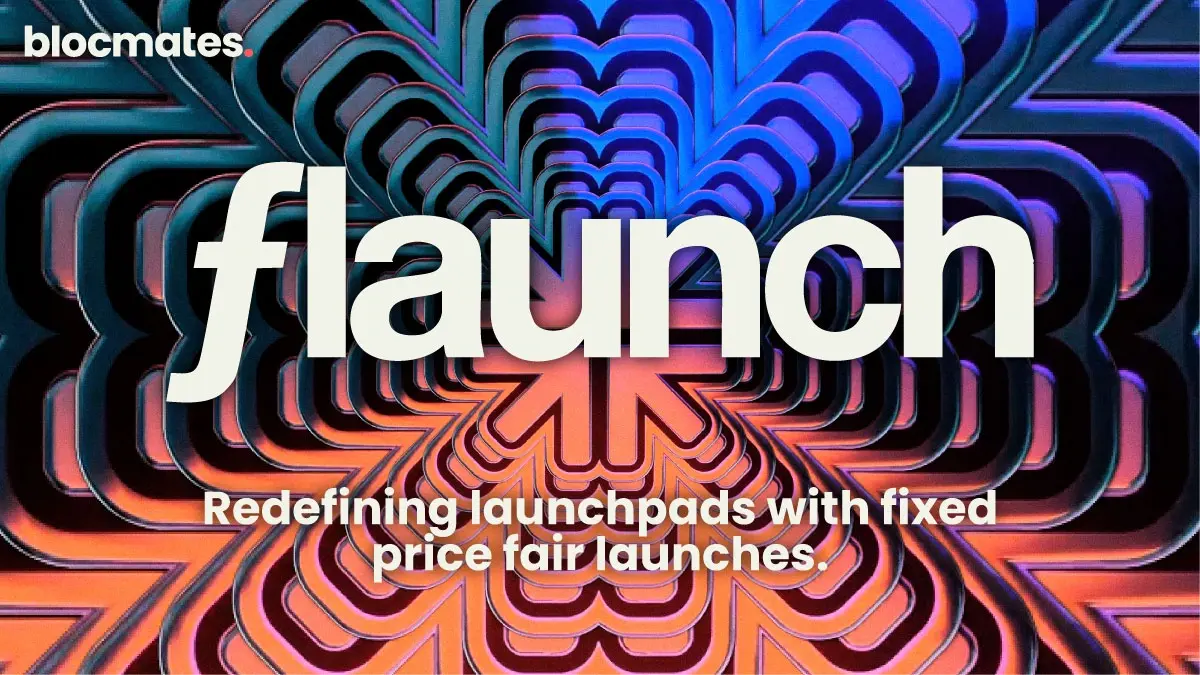

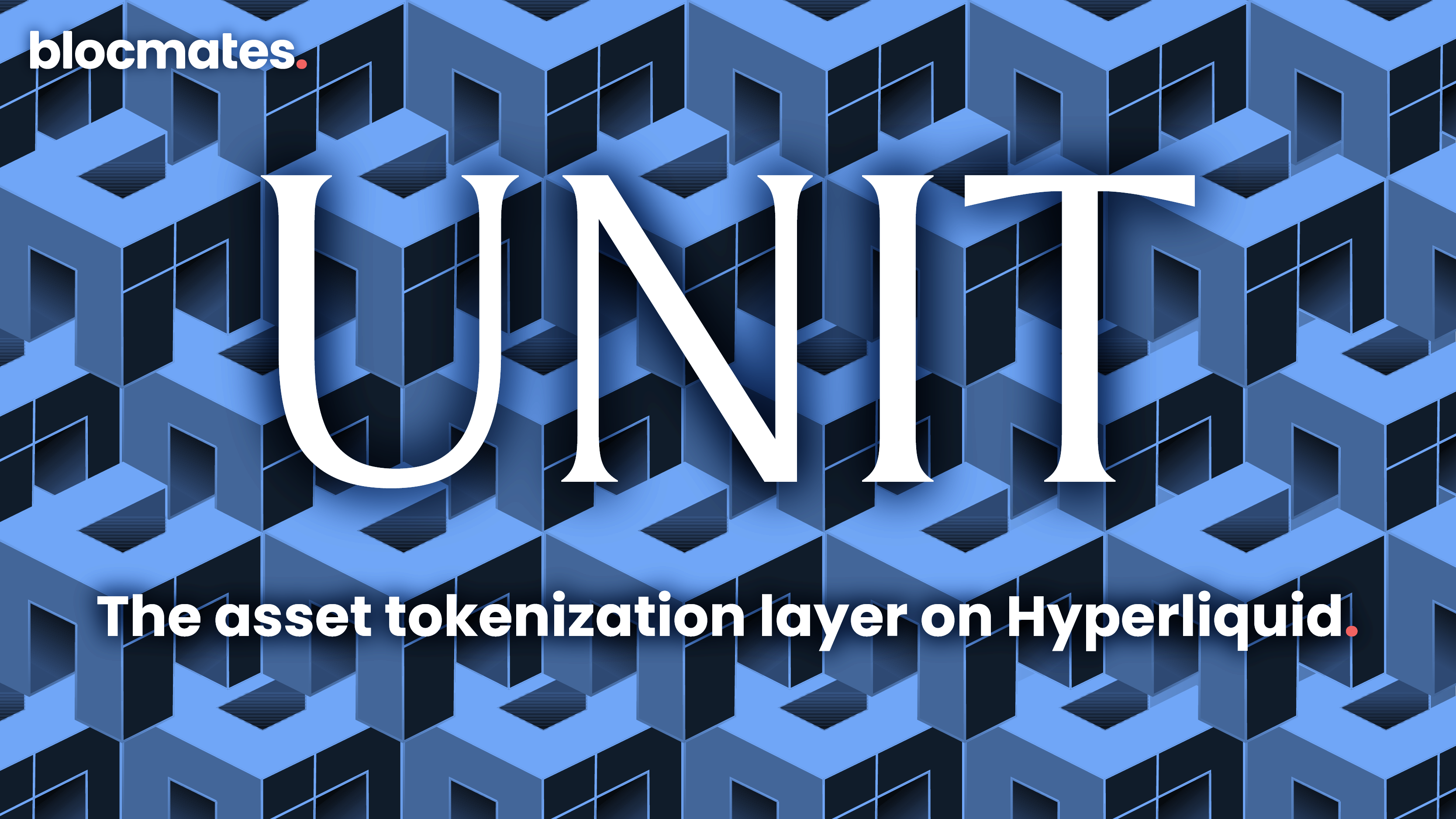



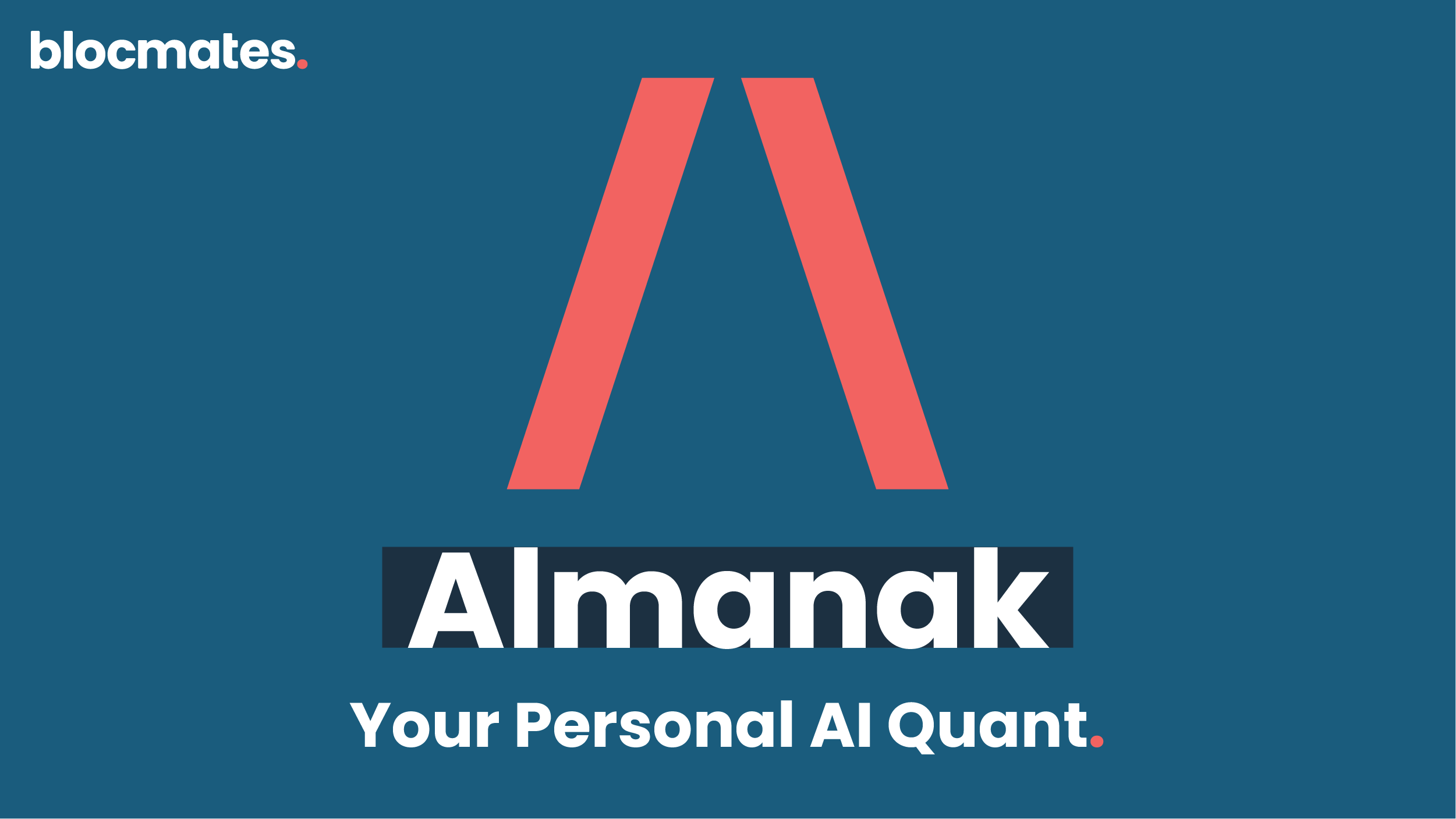
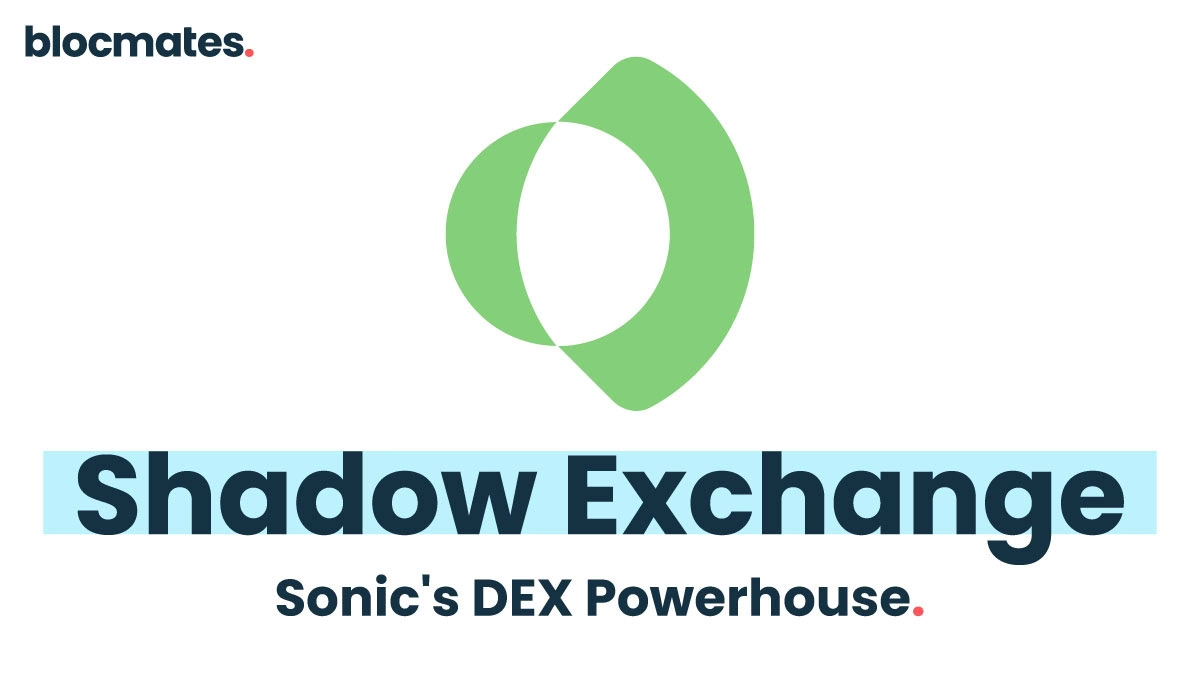


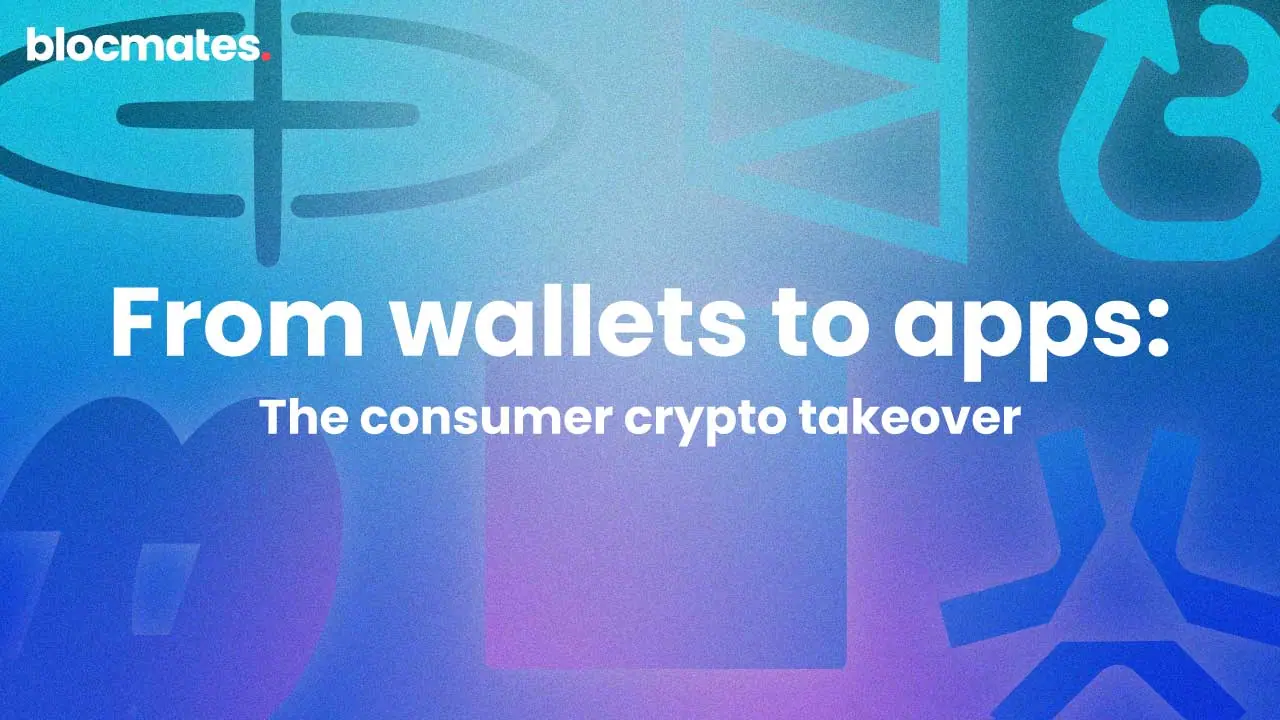

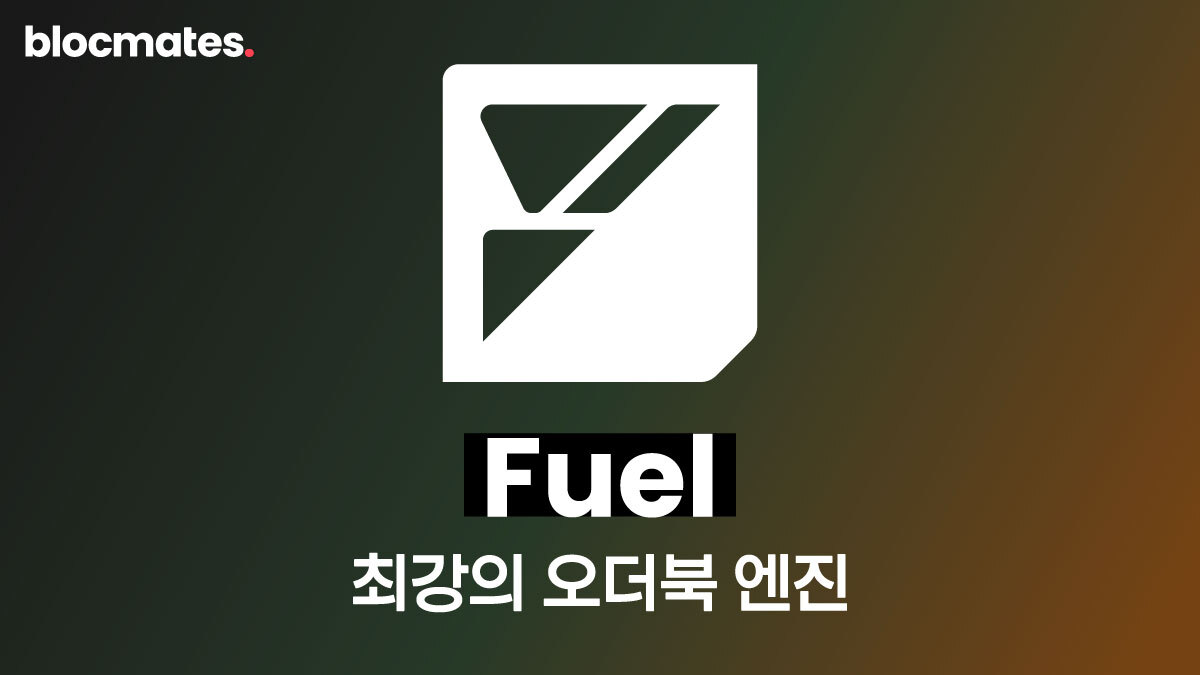
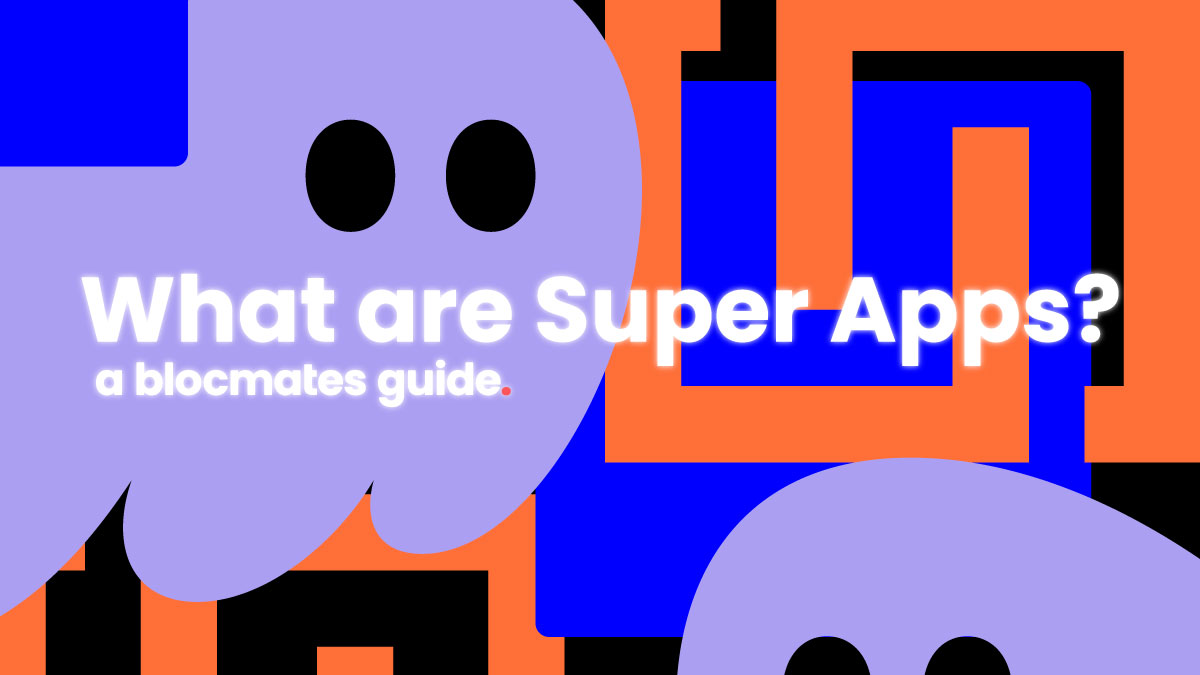
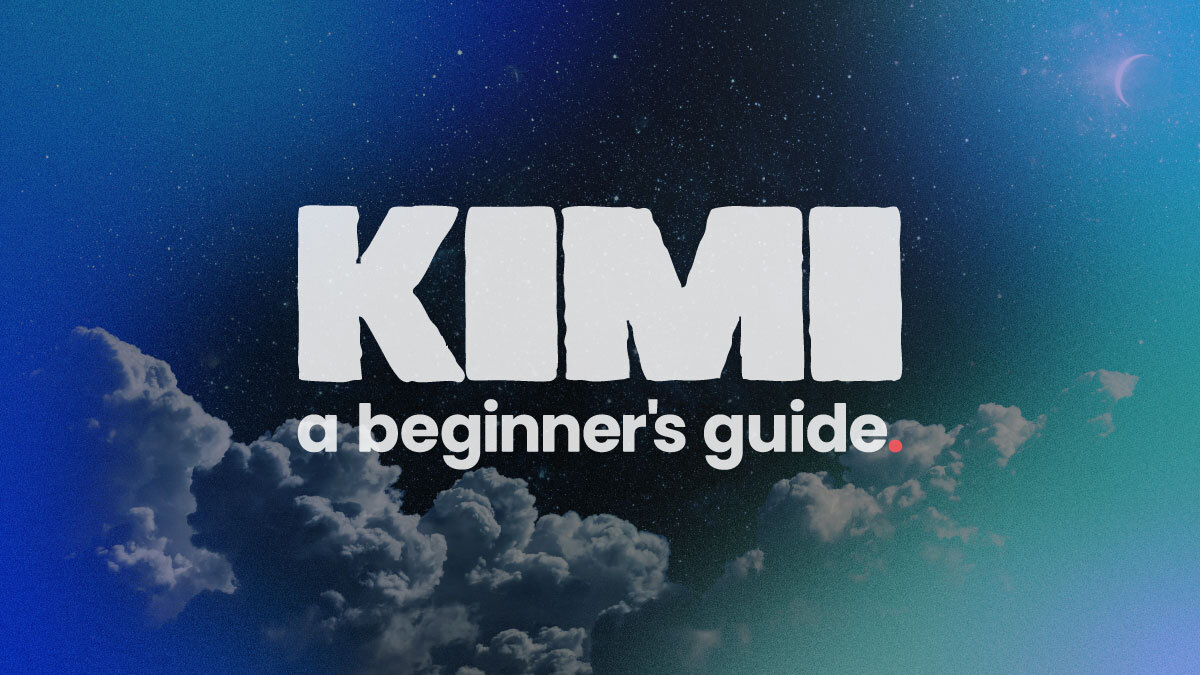
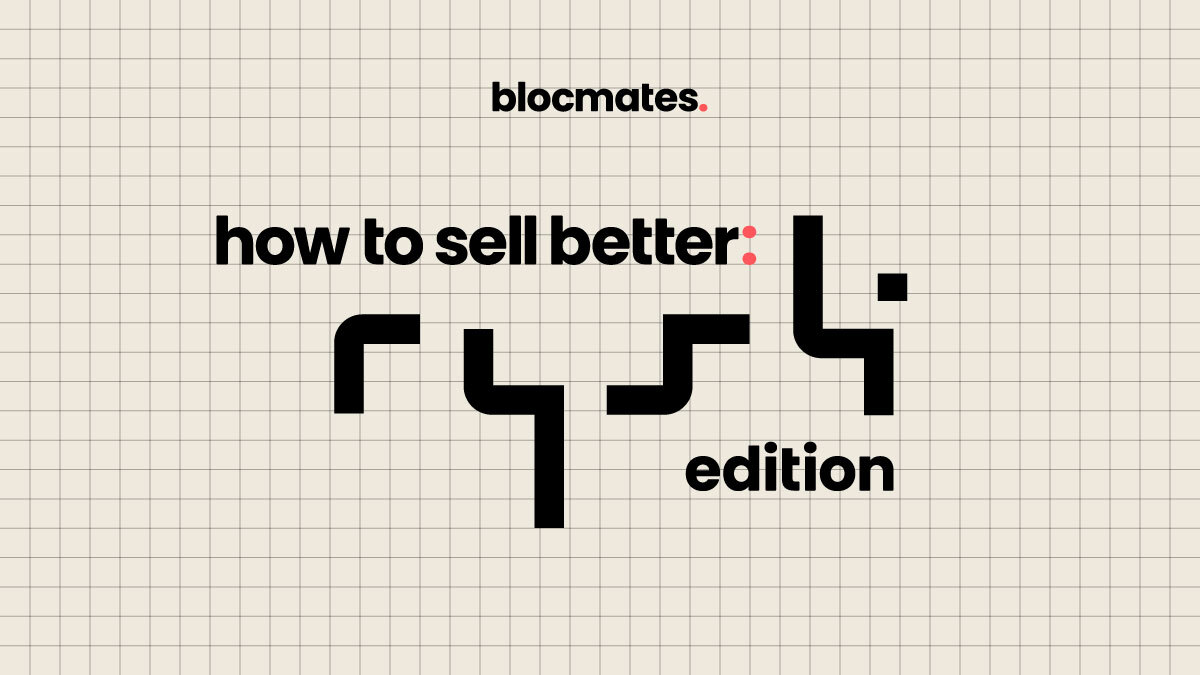
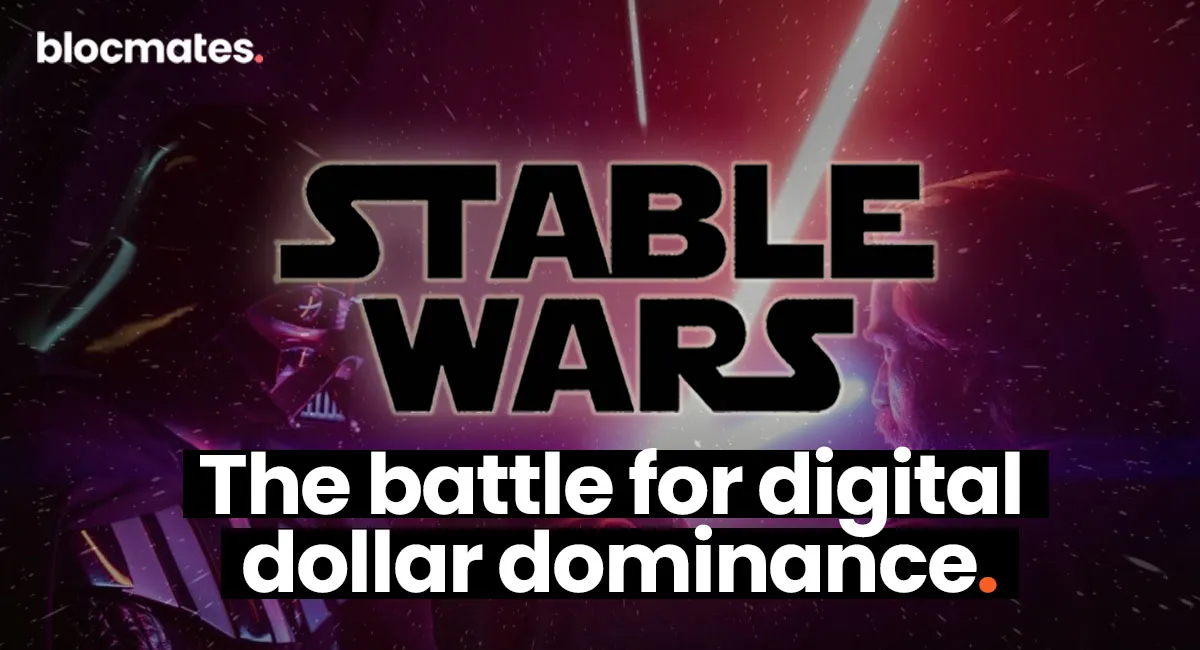

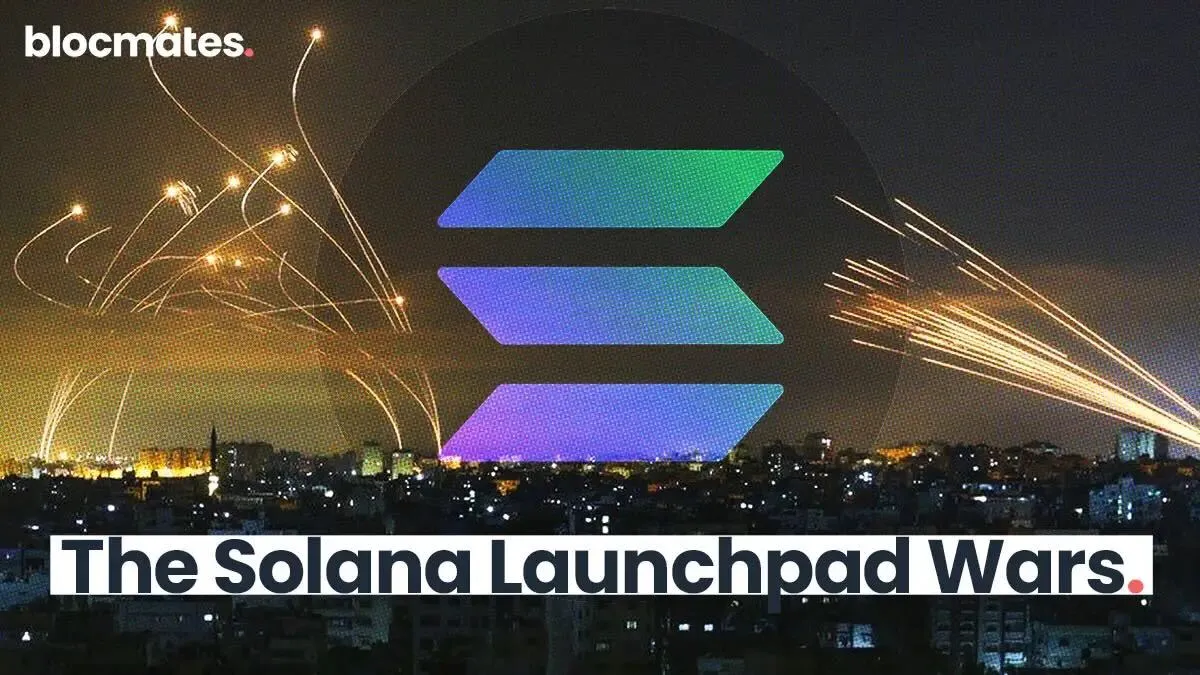




















%202.webp)


.webp)

.webp)
.webp)
.webp)



.webp)

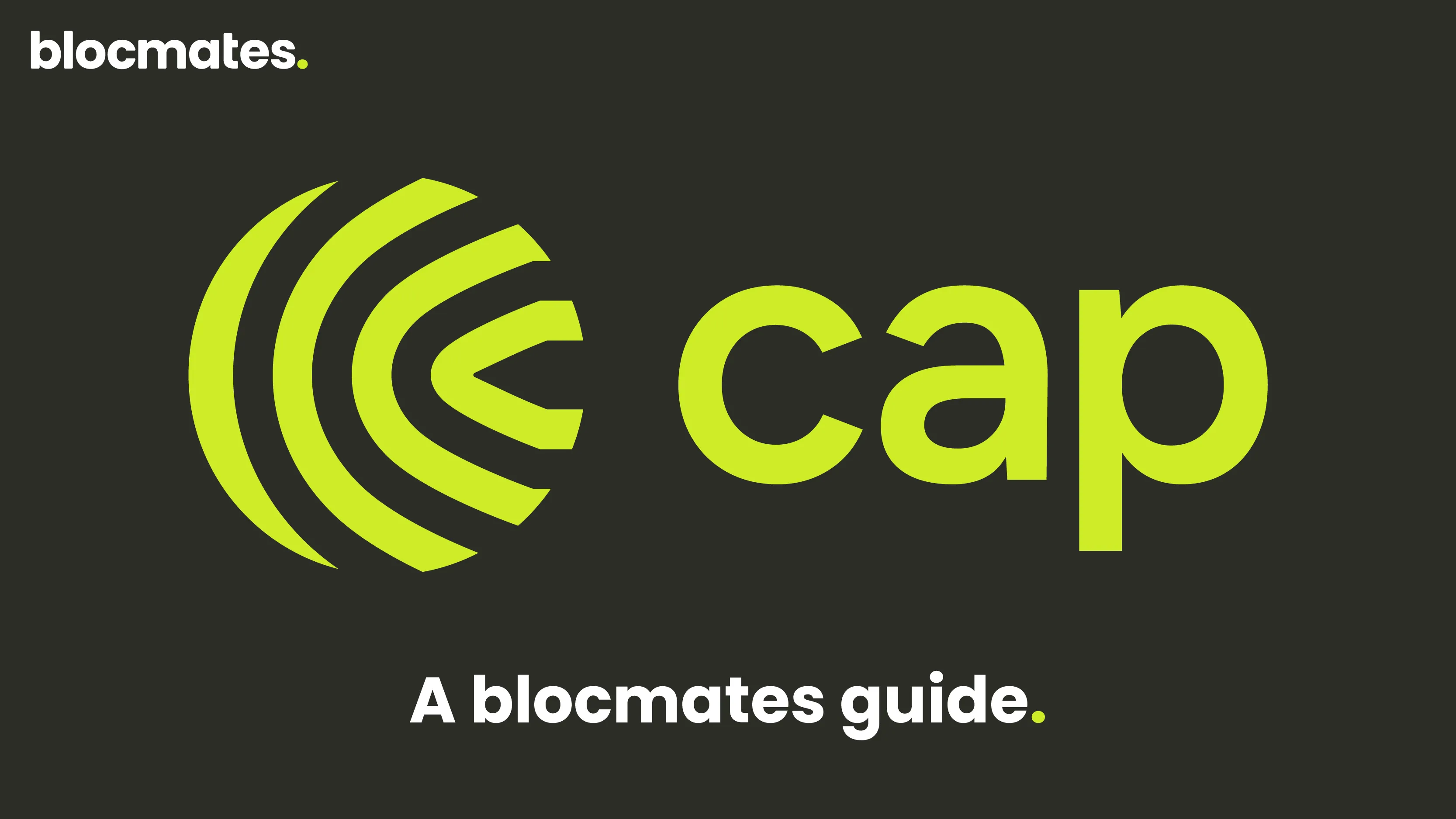










%20the%20Next%20Big%20Unlock%20in%20AI.webp)




.webp)
.webp)

.webp)
.webp)
.webp)


.webp)
.webp)










.webp)


.webp)









.webp)







.webp)
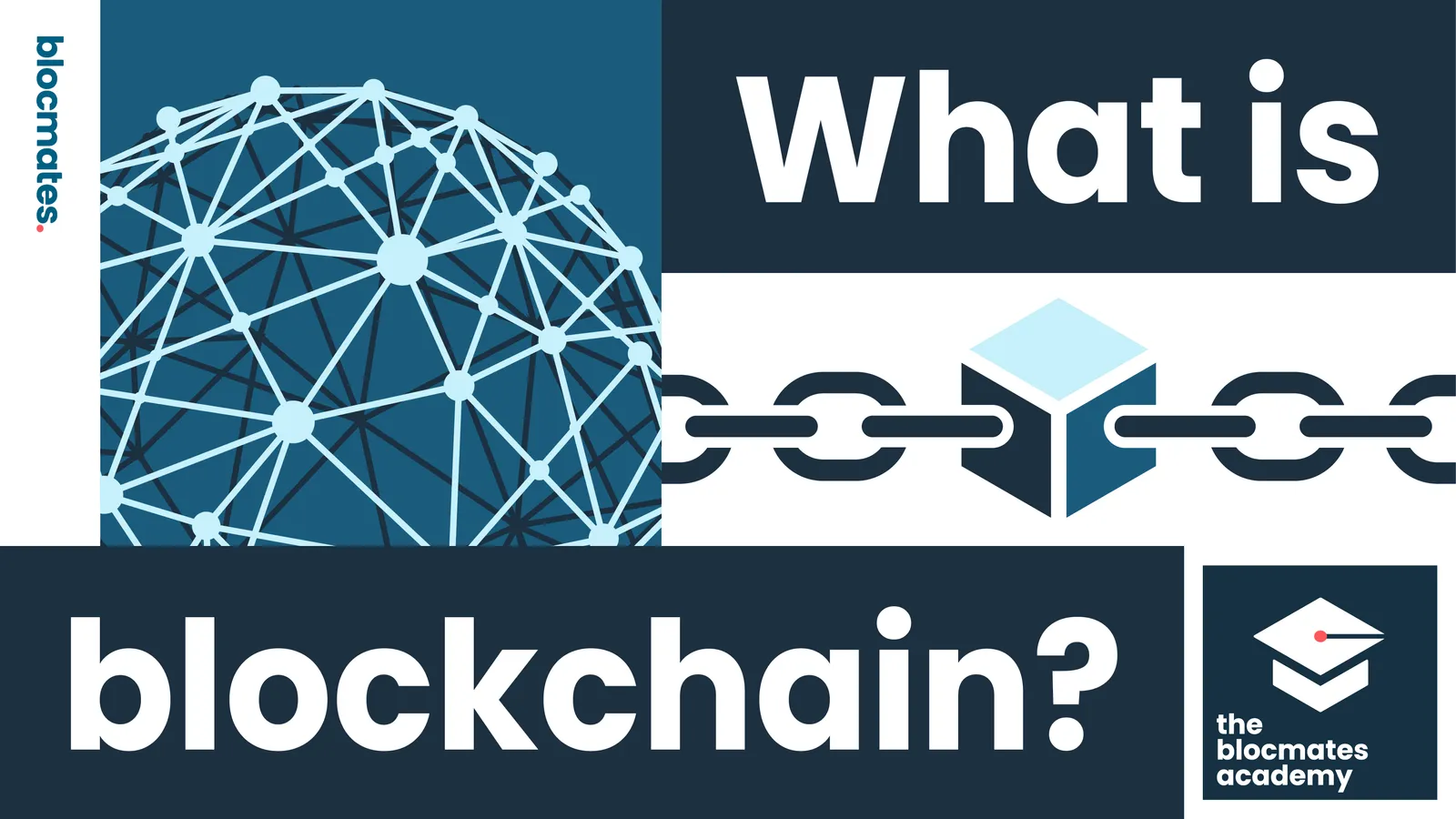



.webp)






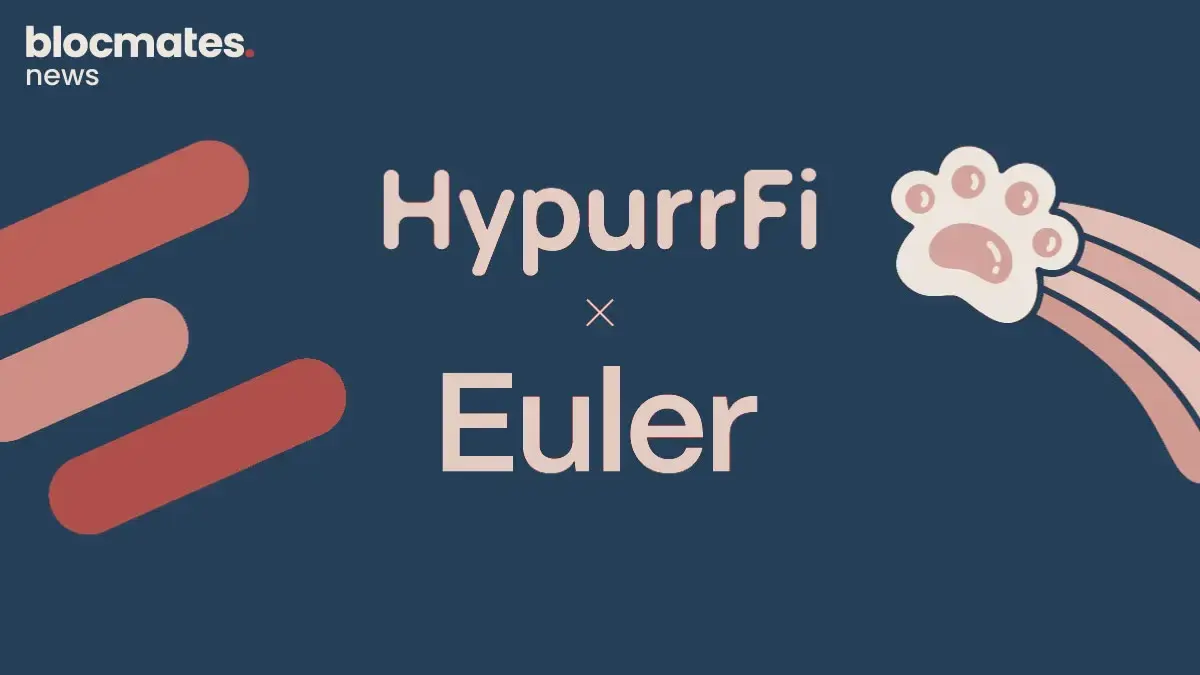







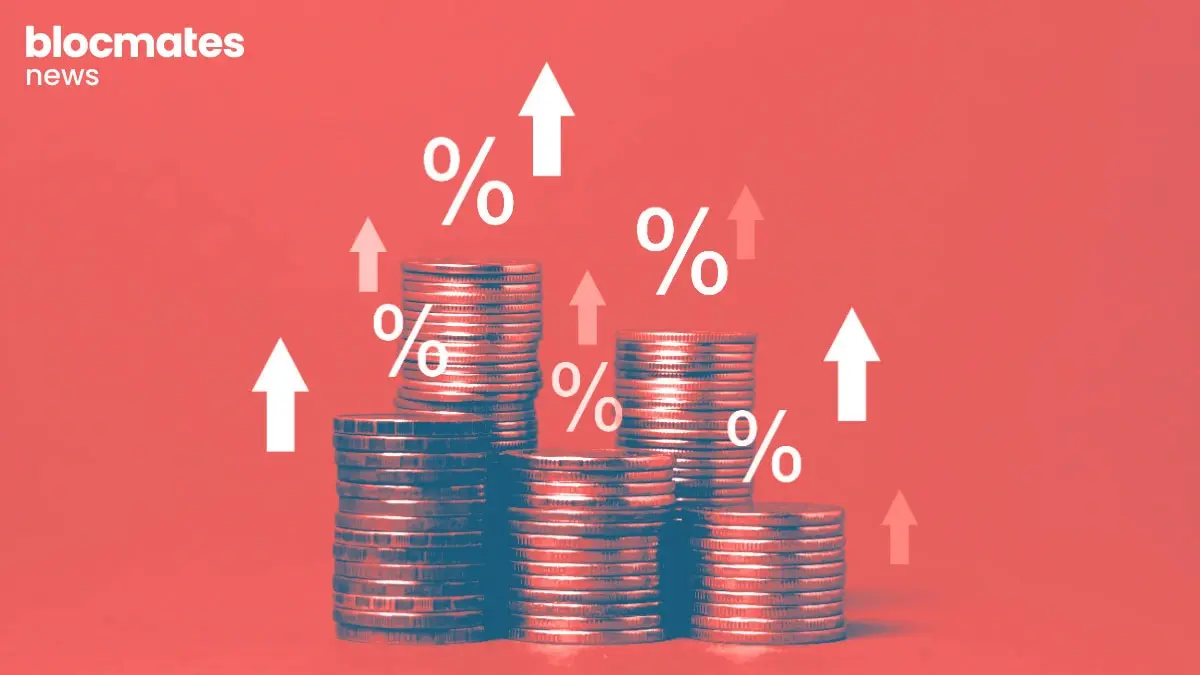

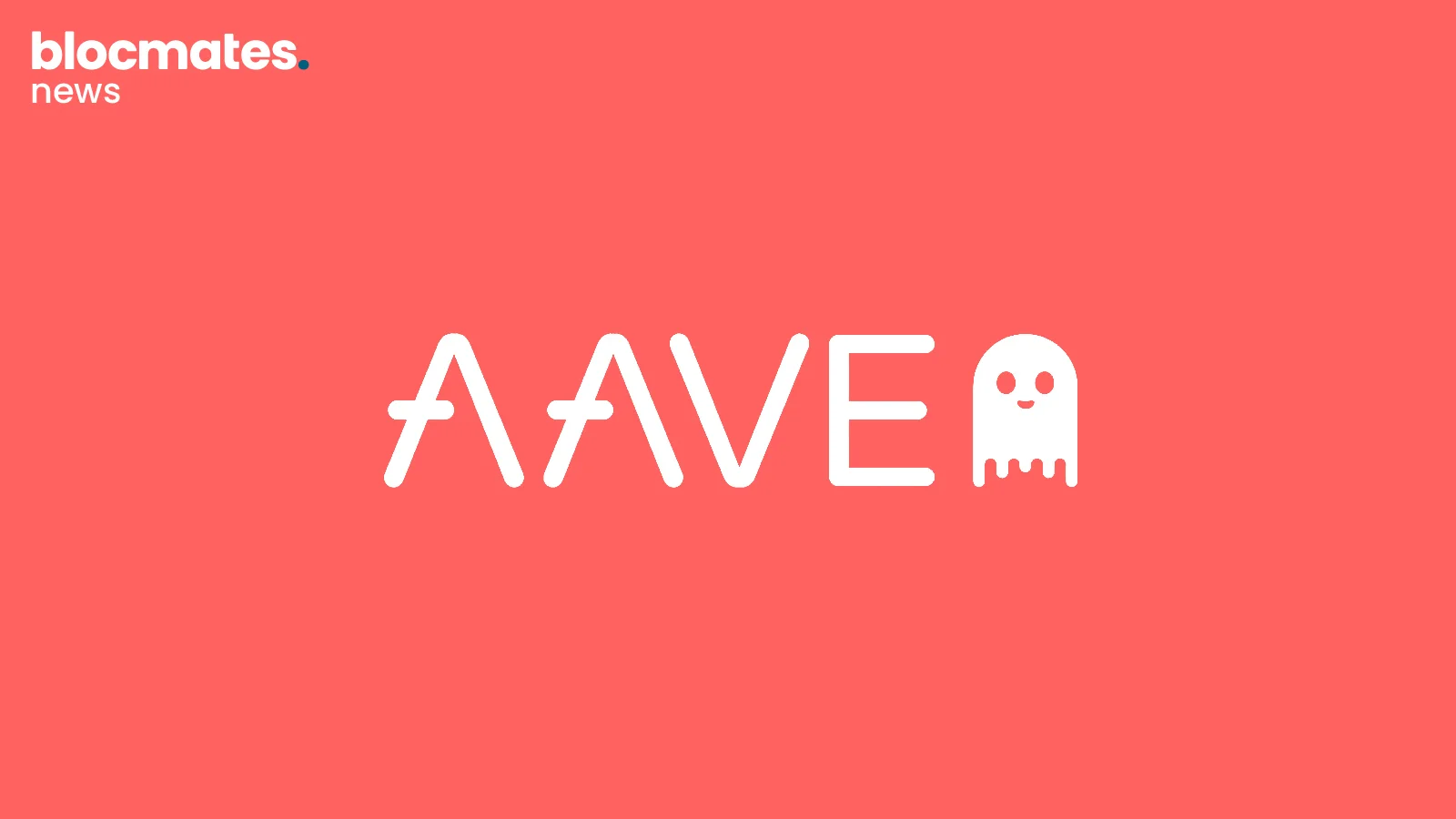
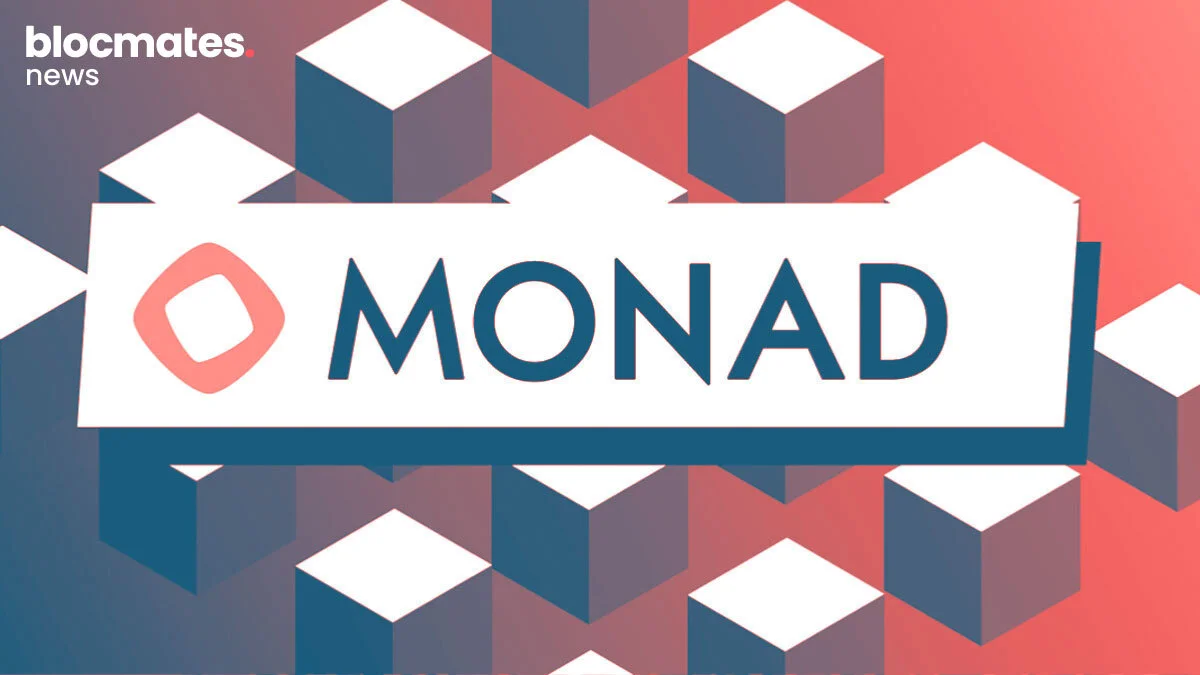
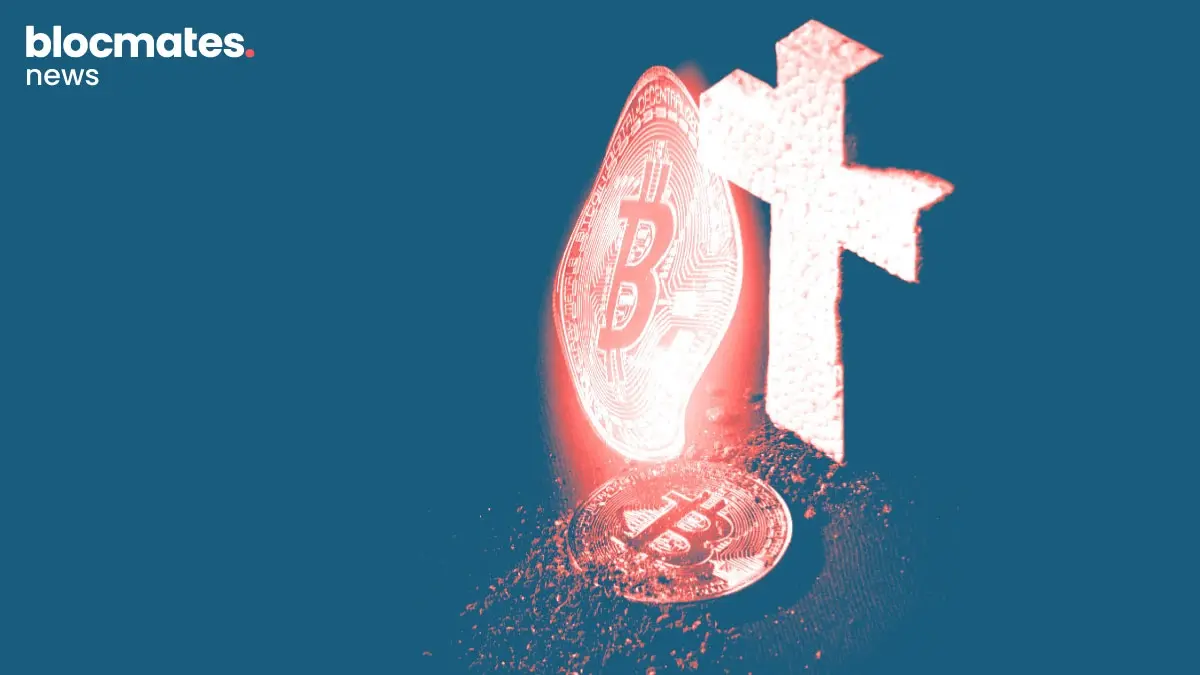

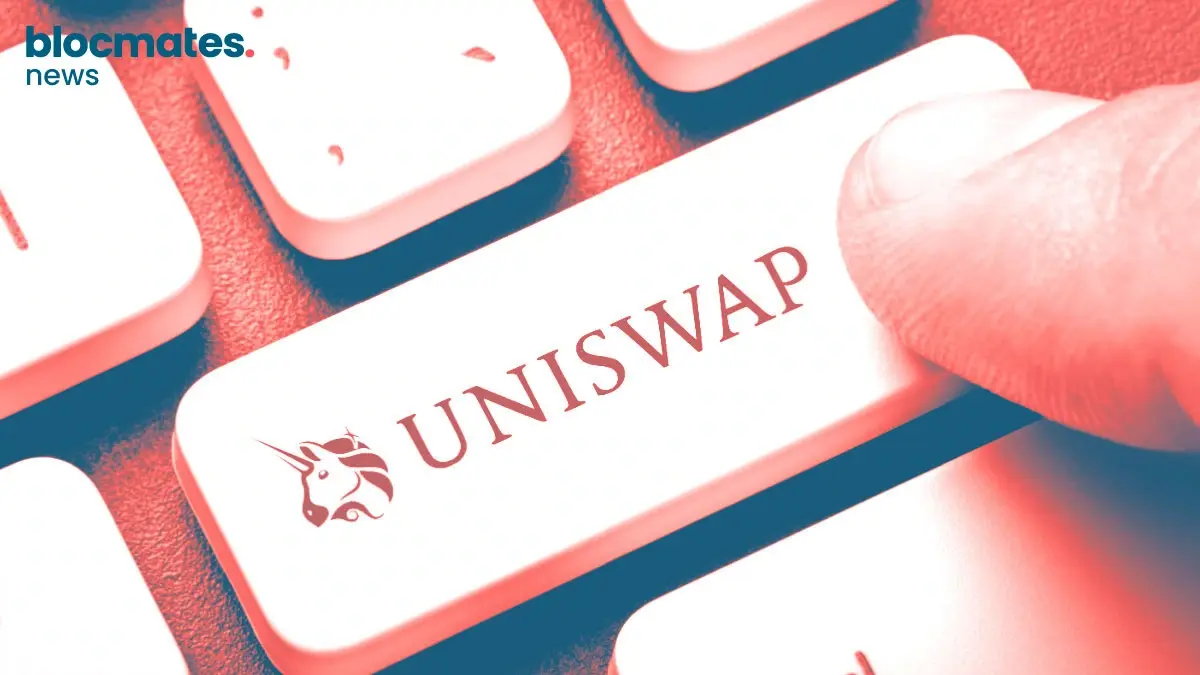
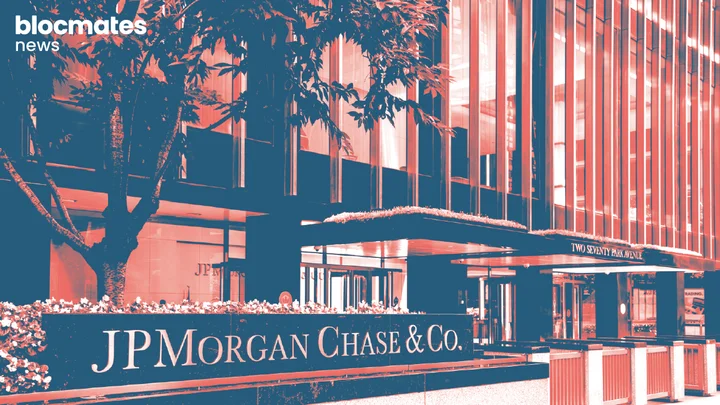
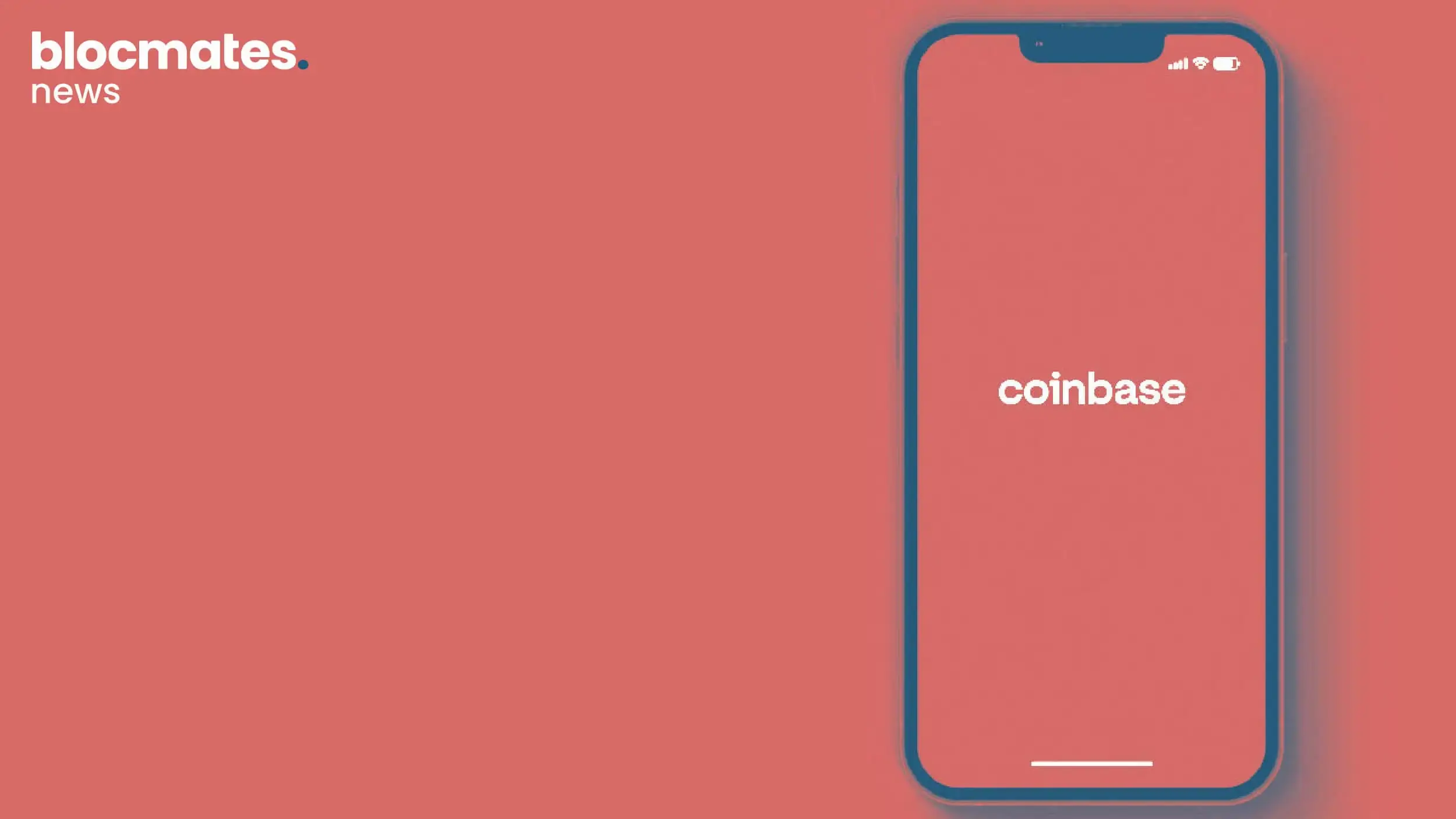
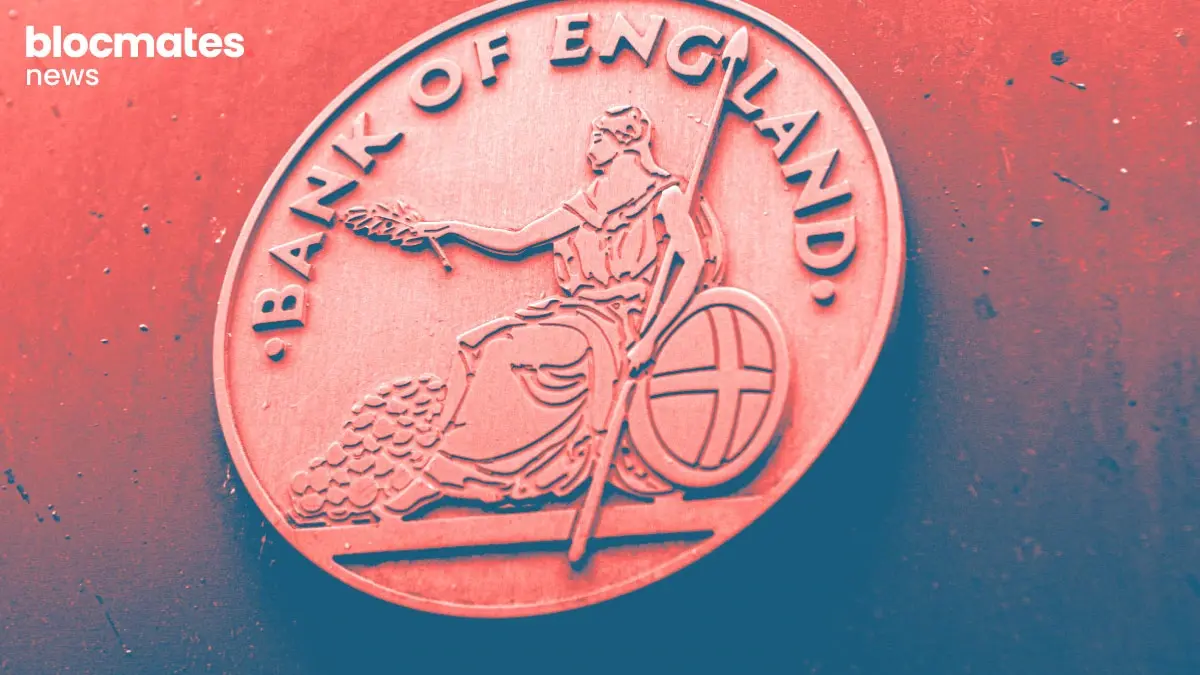
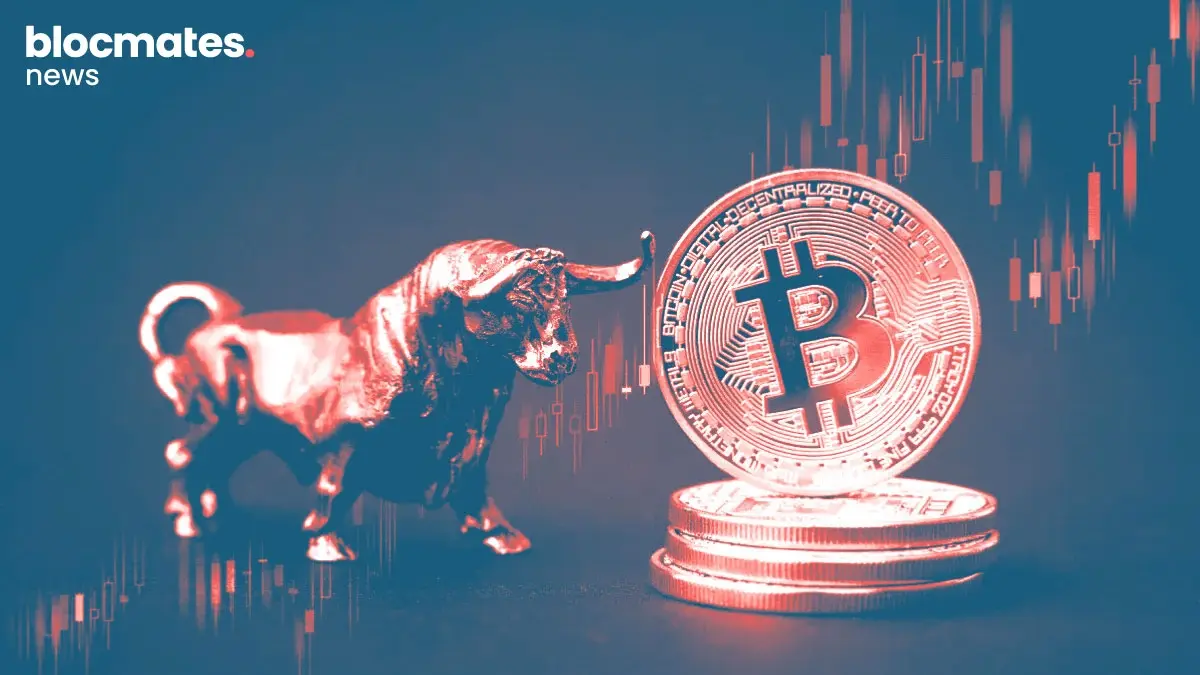

.webp)
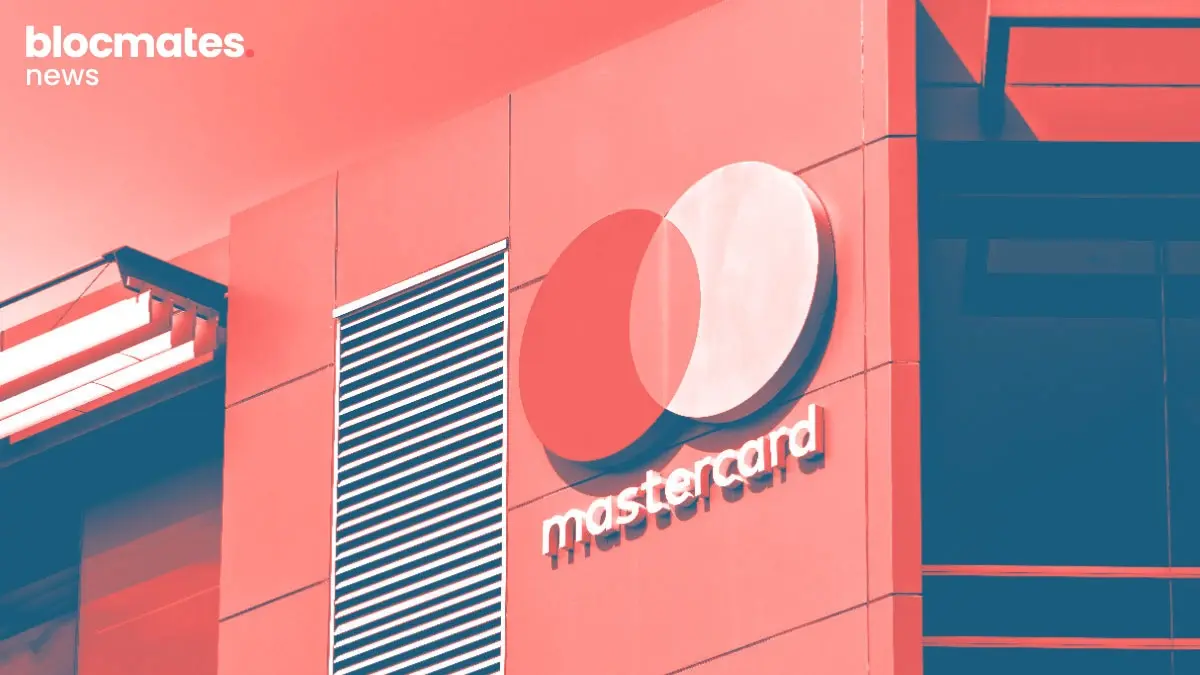


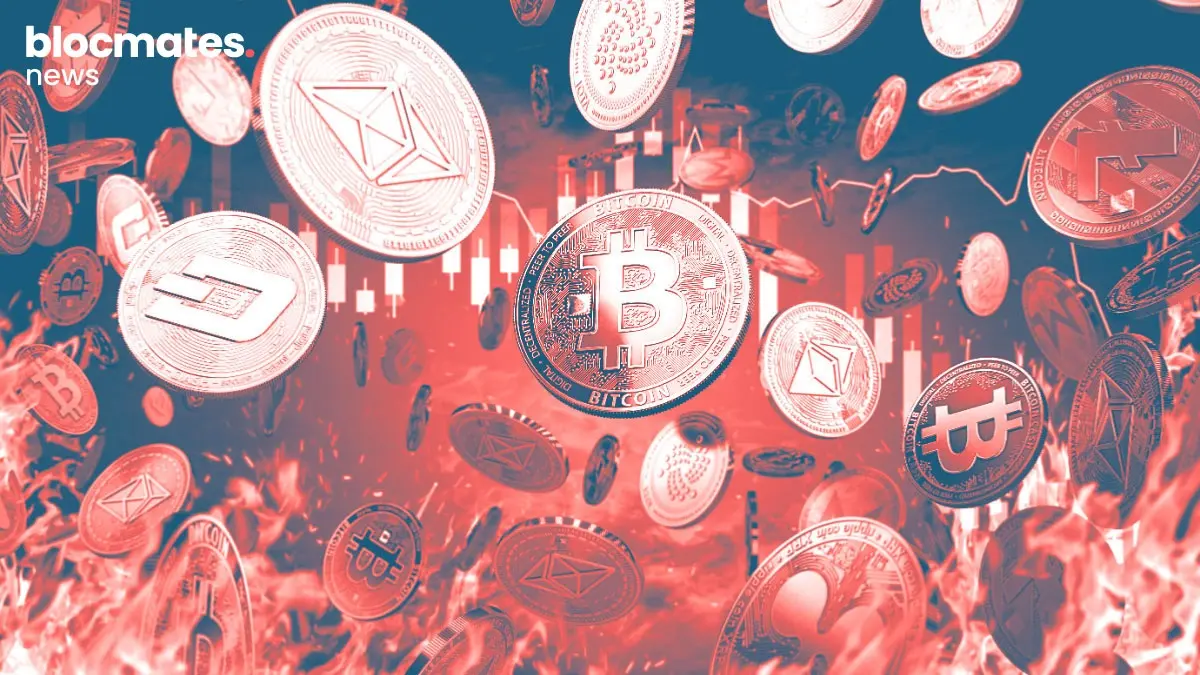



.webp)

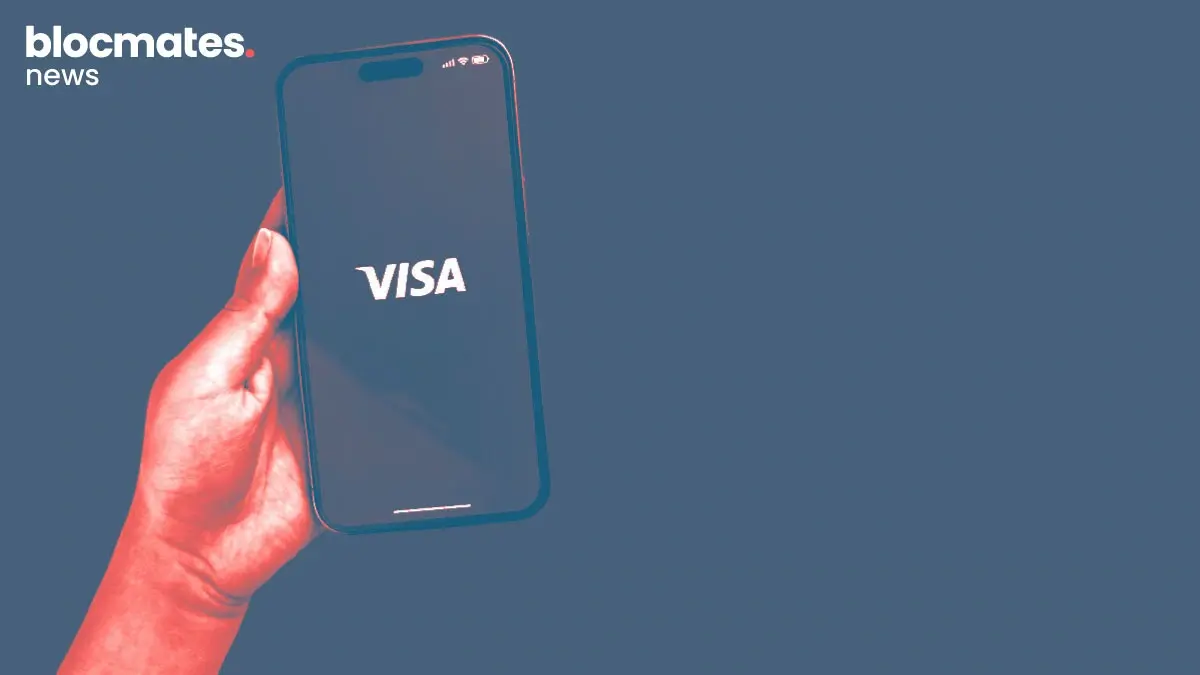
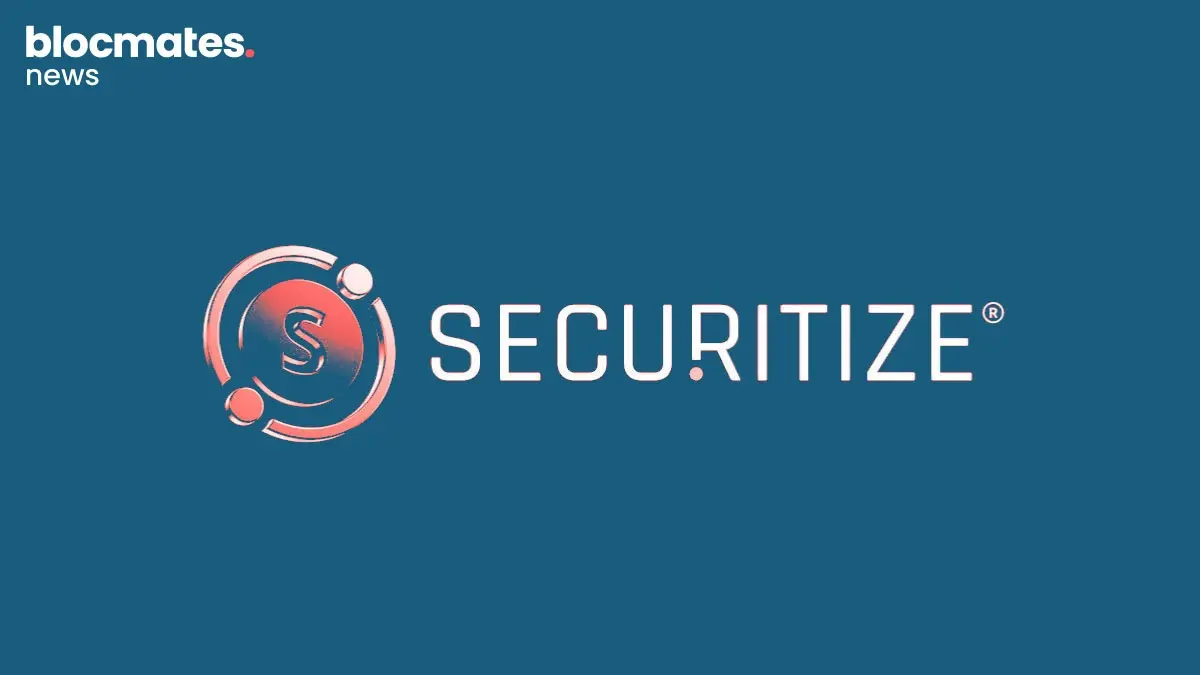

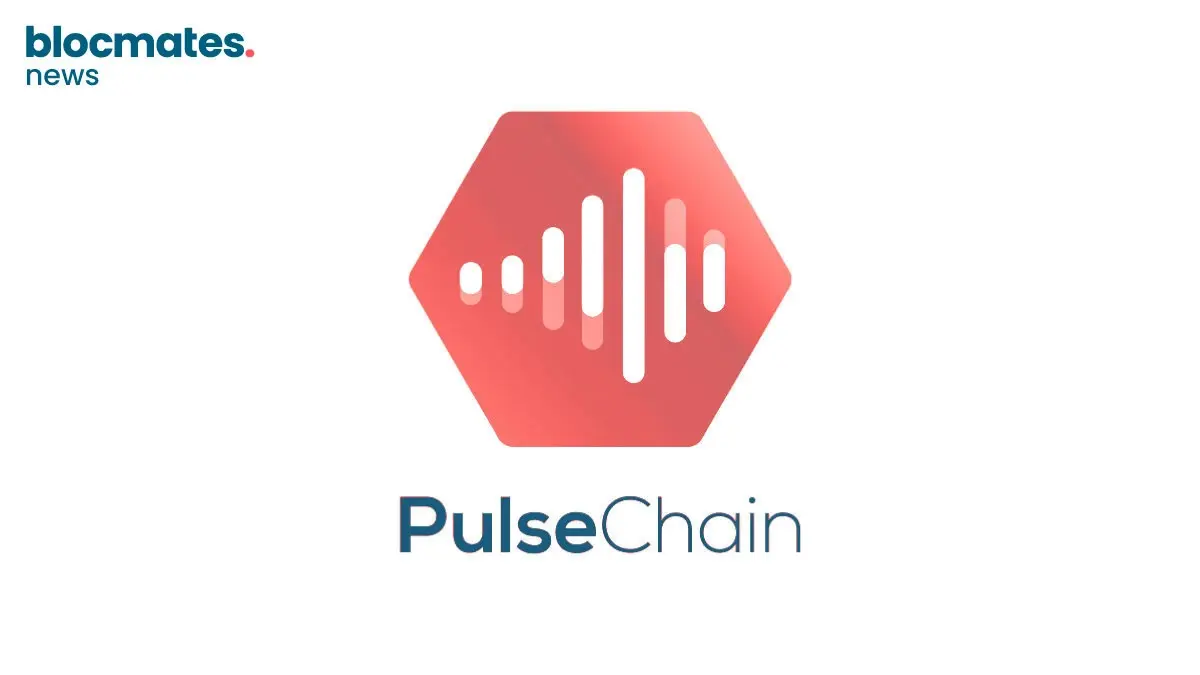
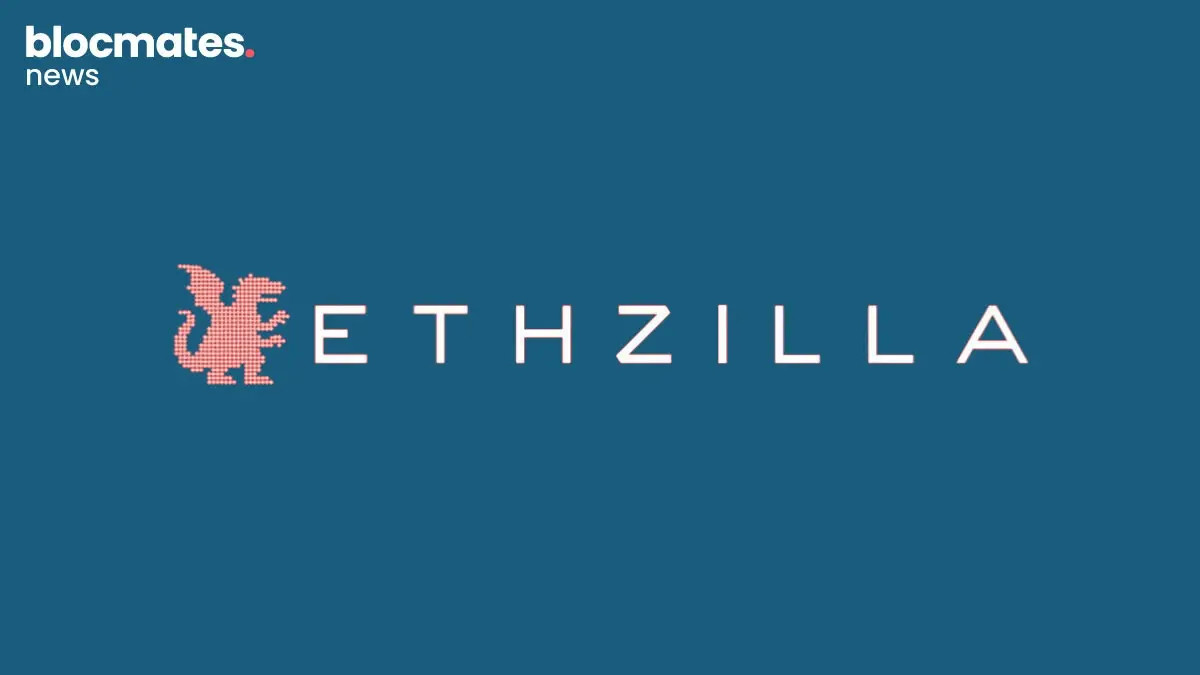
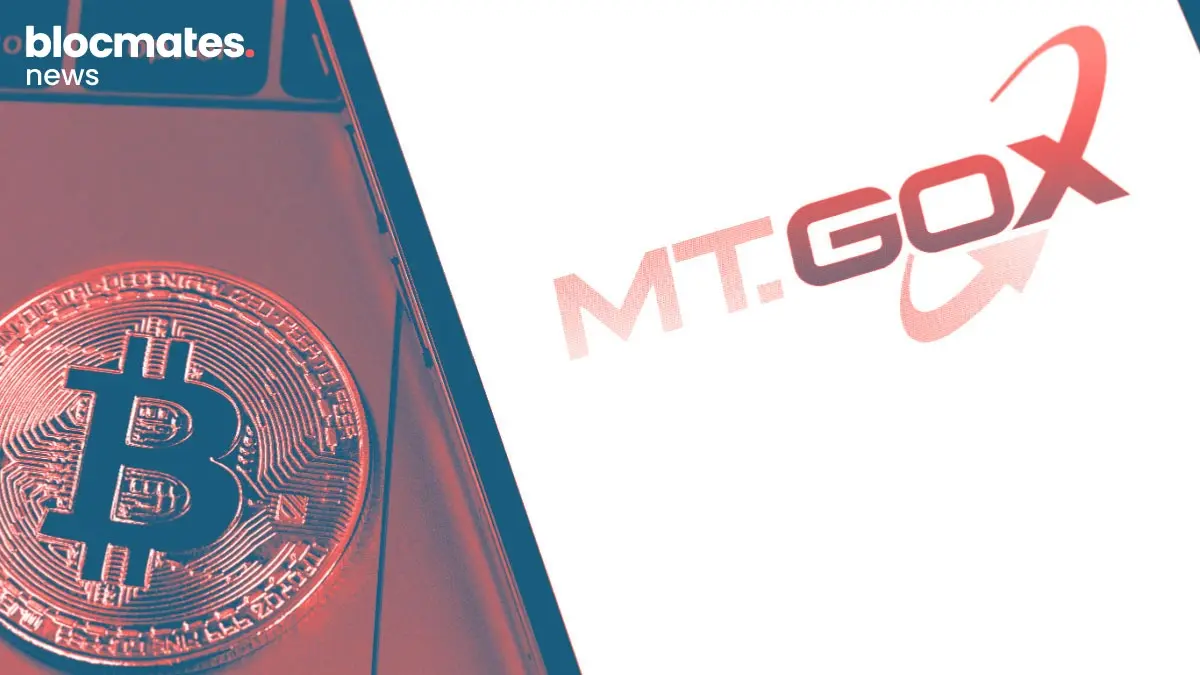
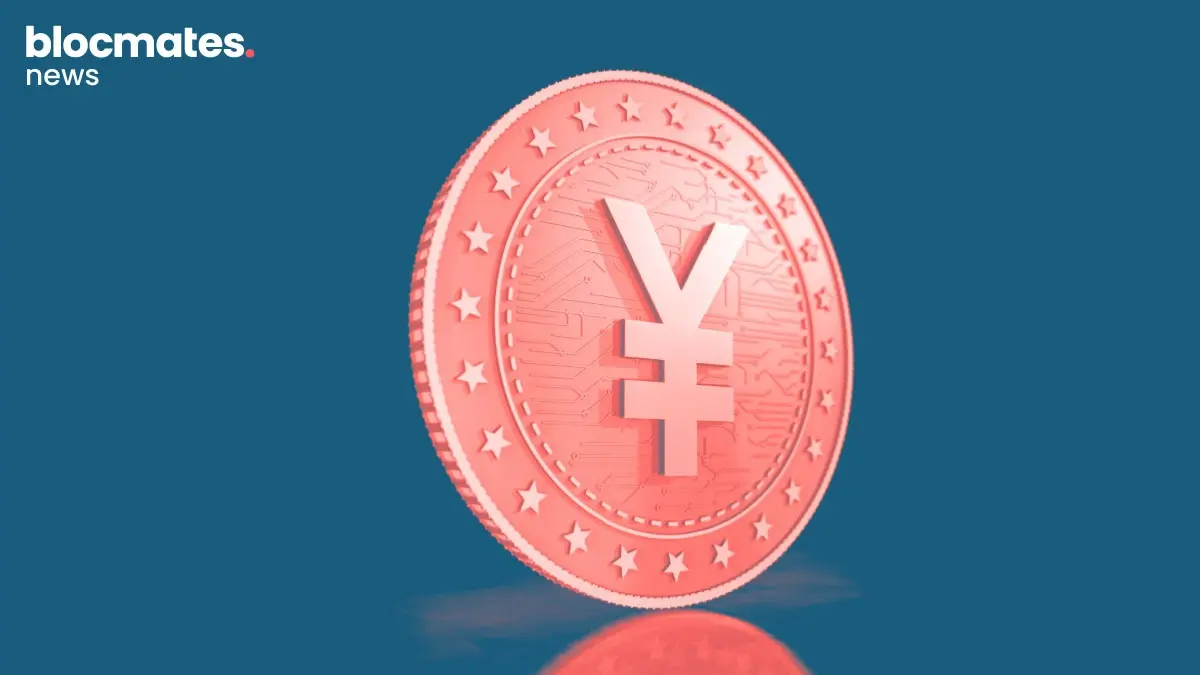
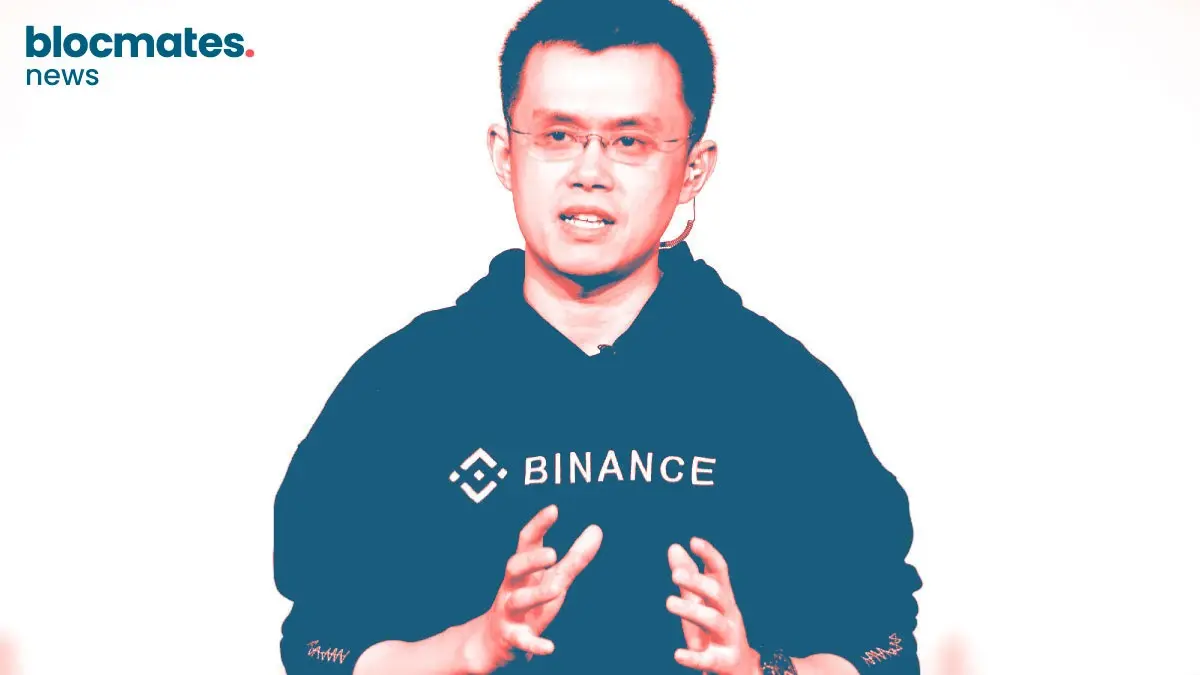

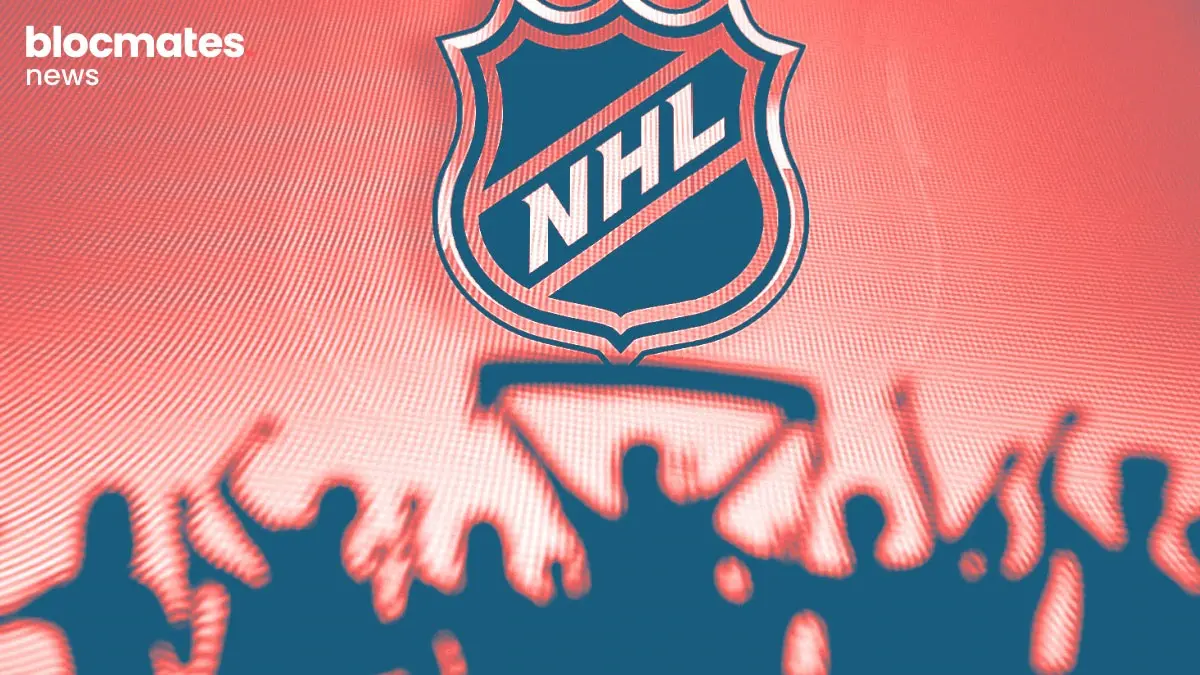
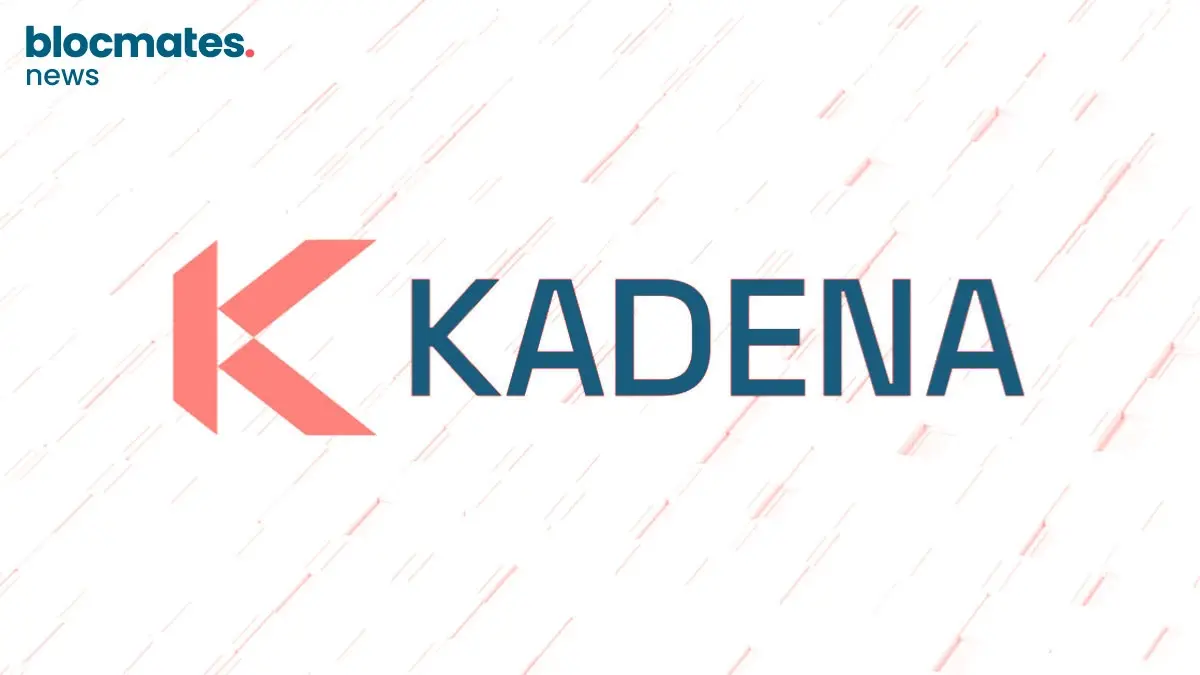

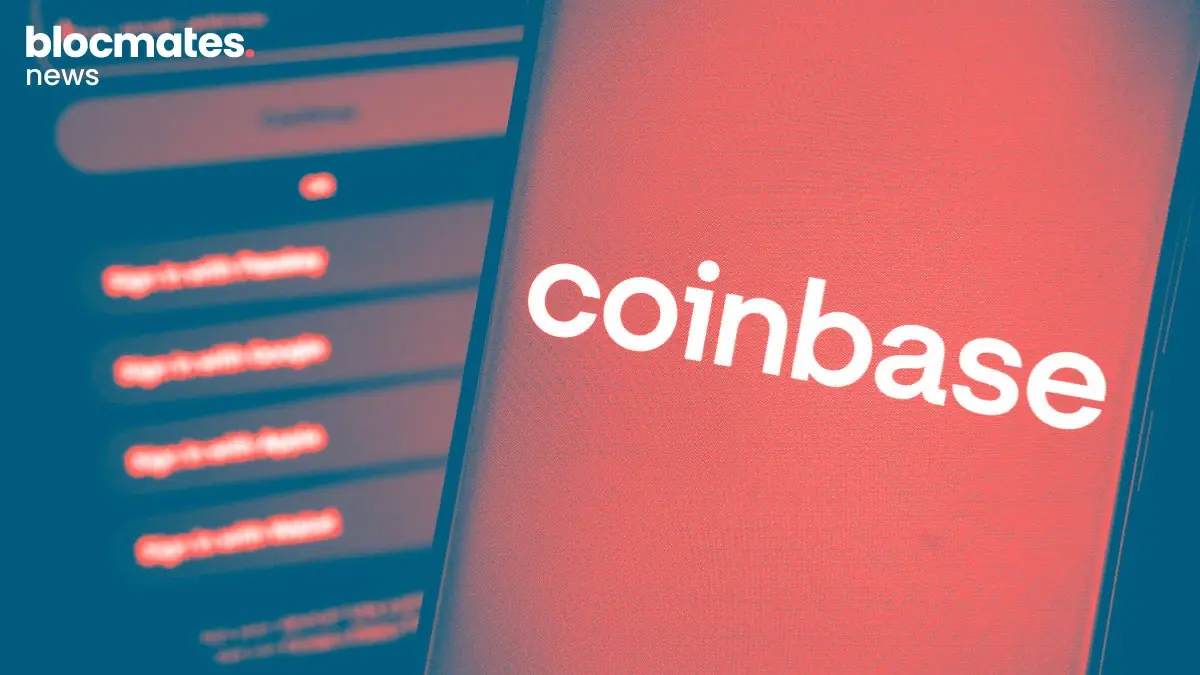
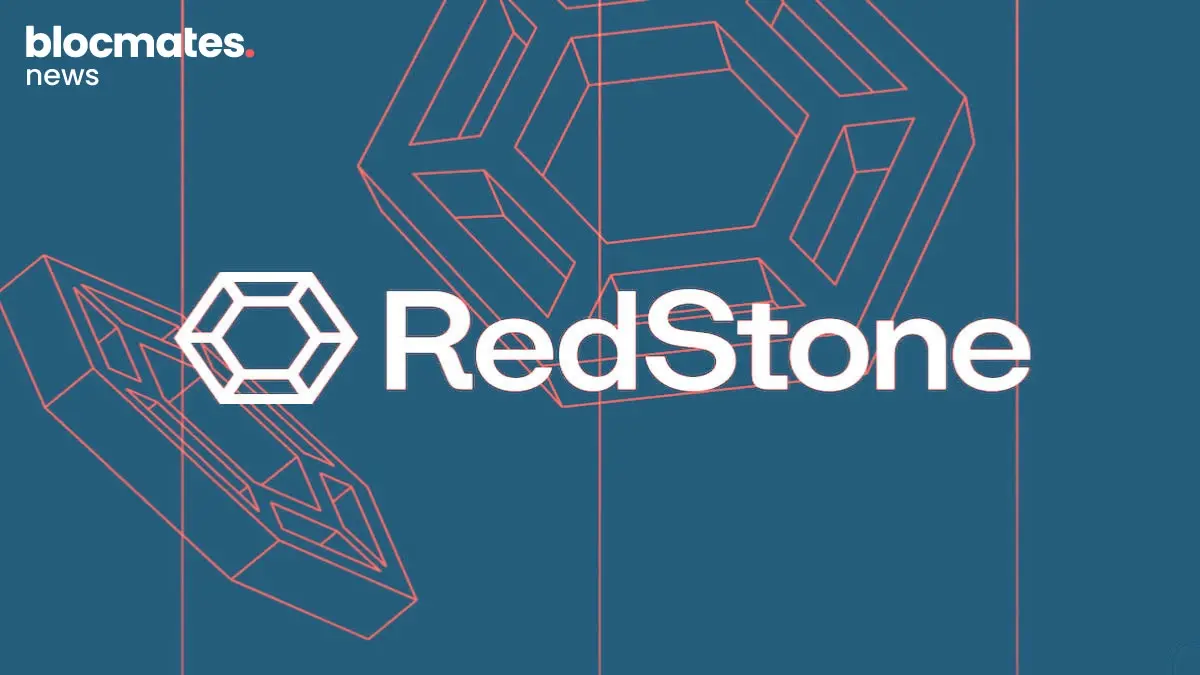
.webp)
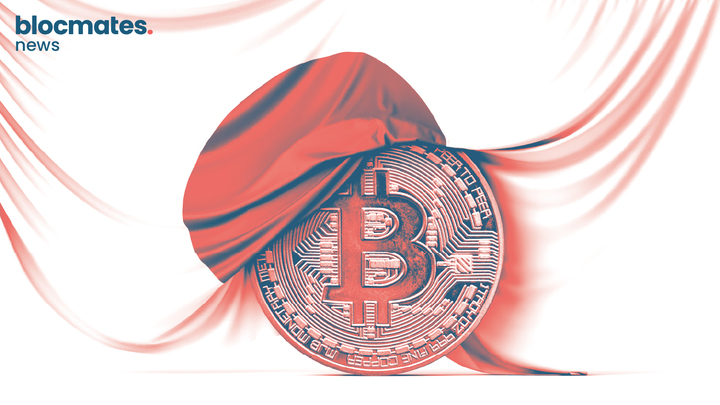
.webp)
.webp)

.webp)


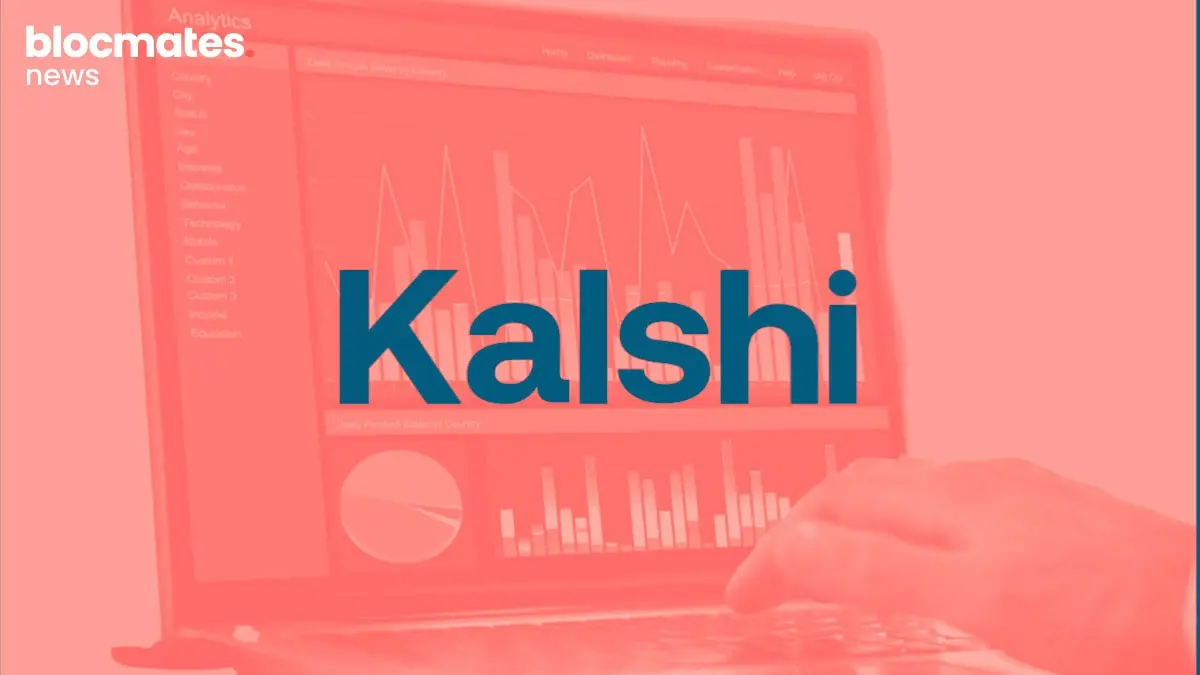
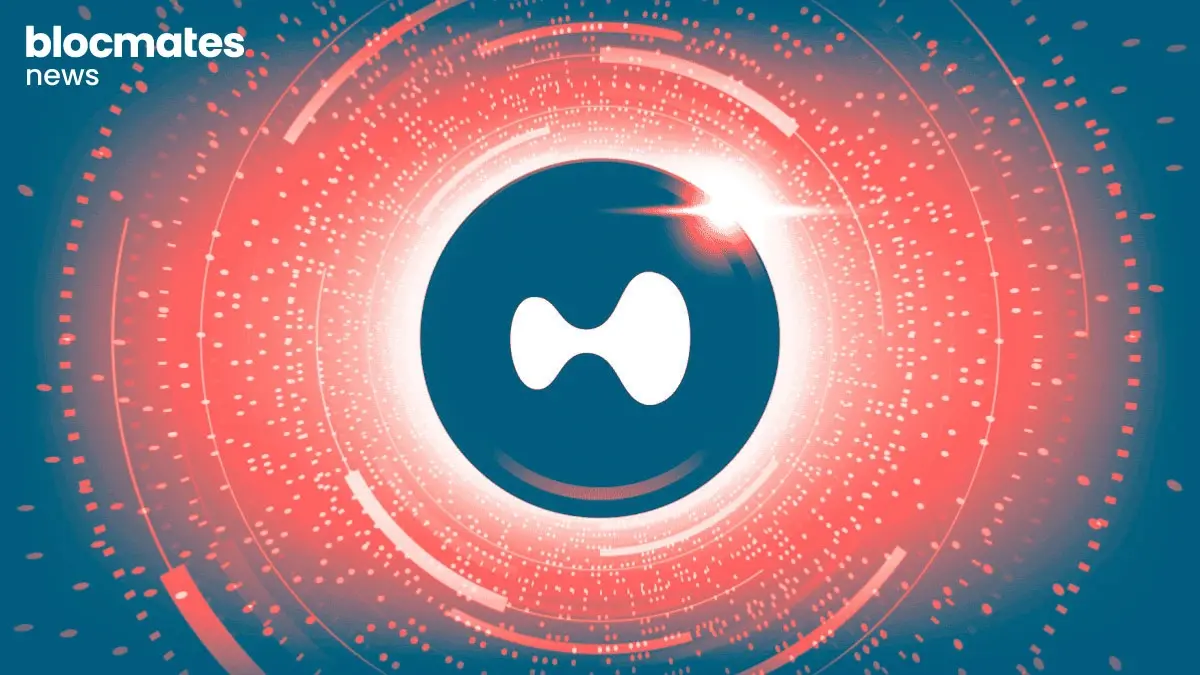



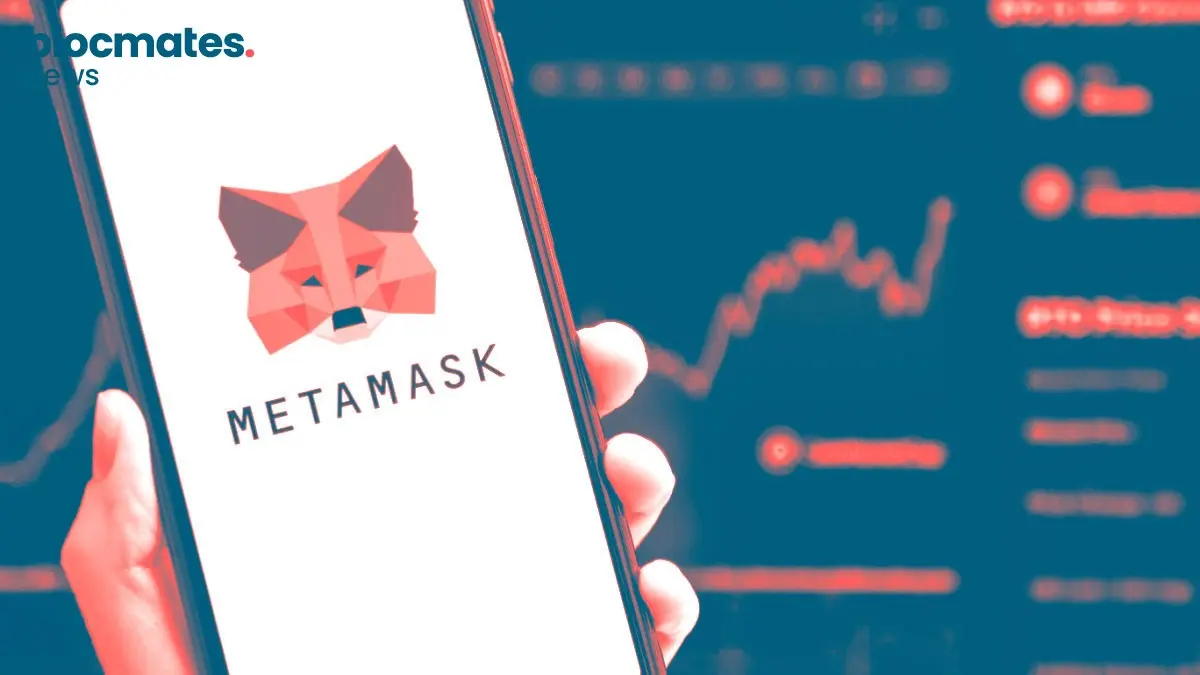
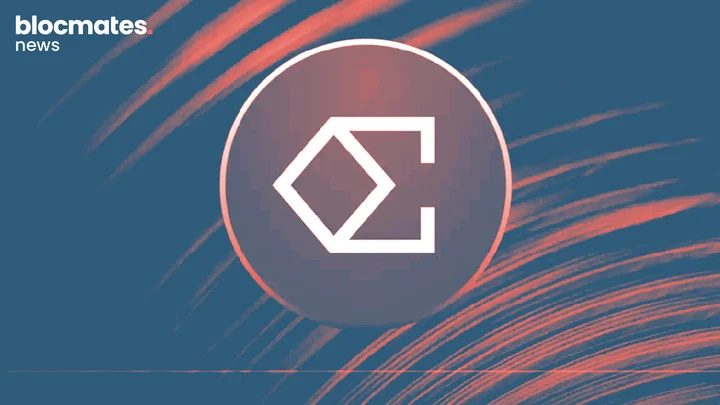
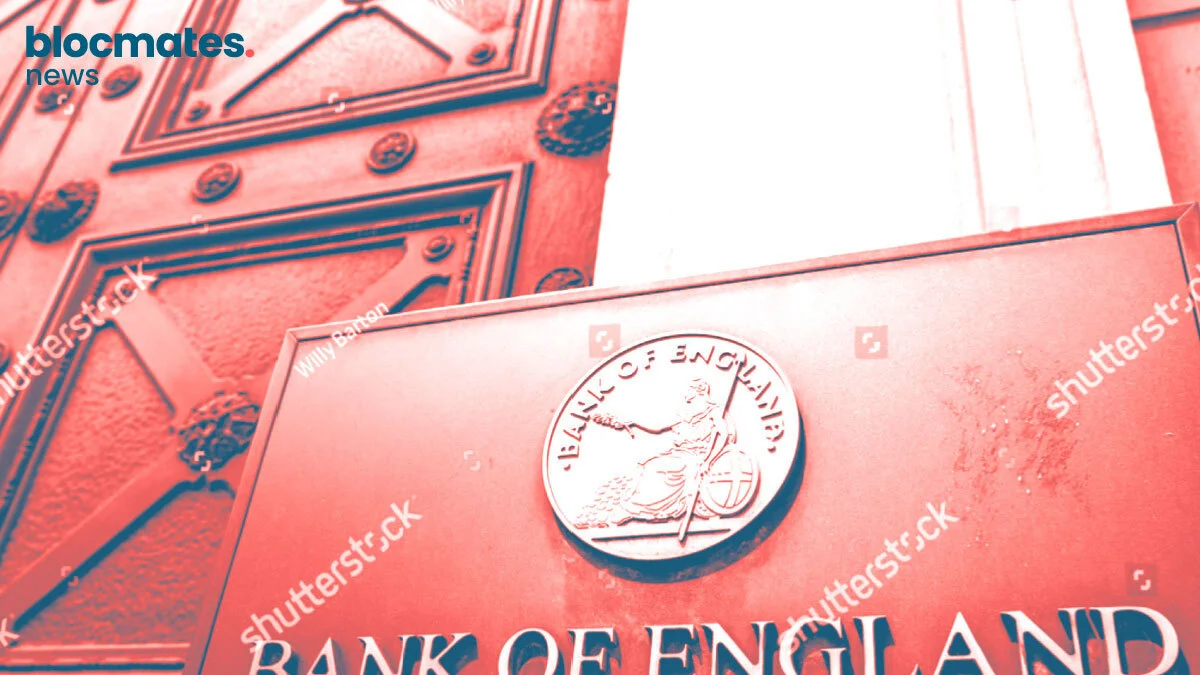

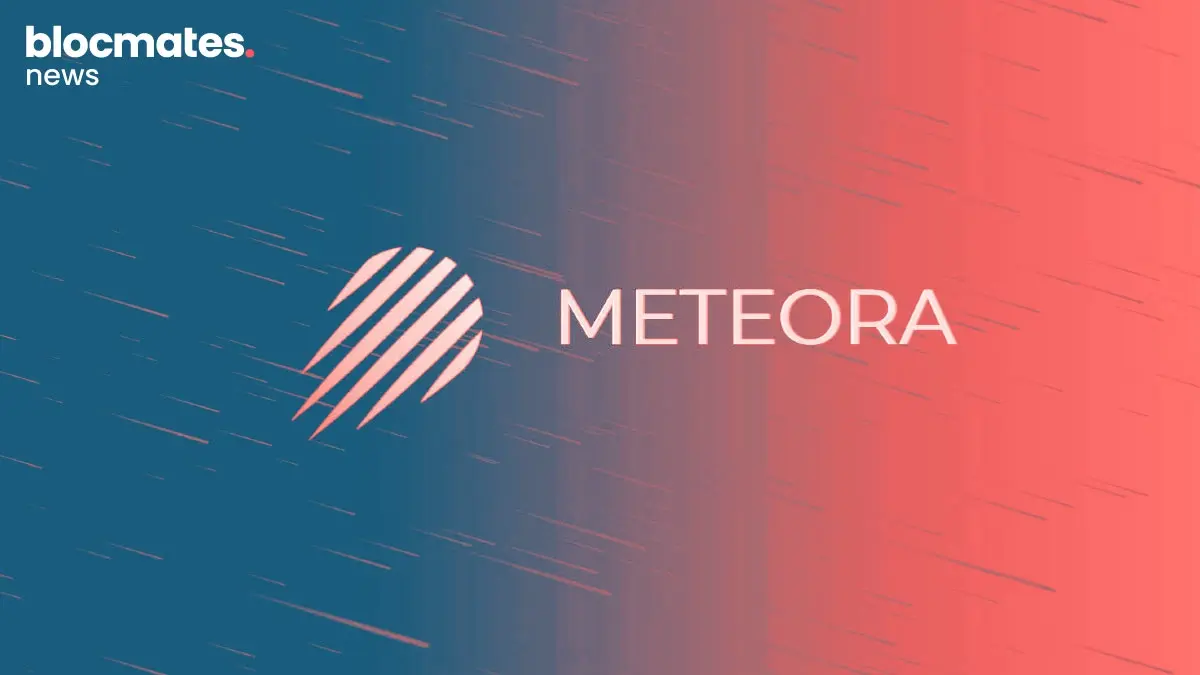
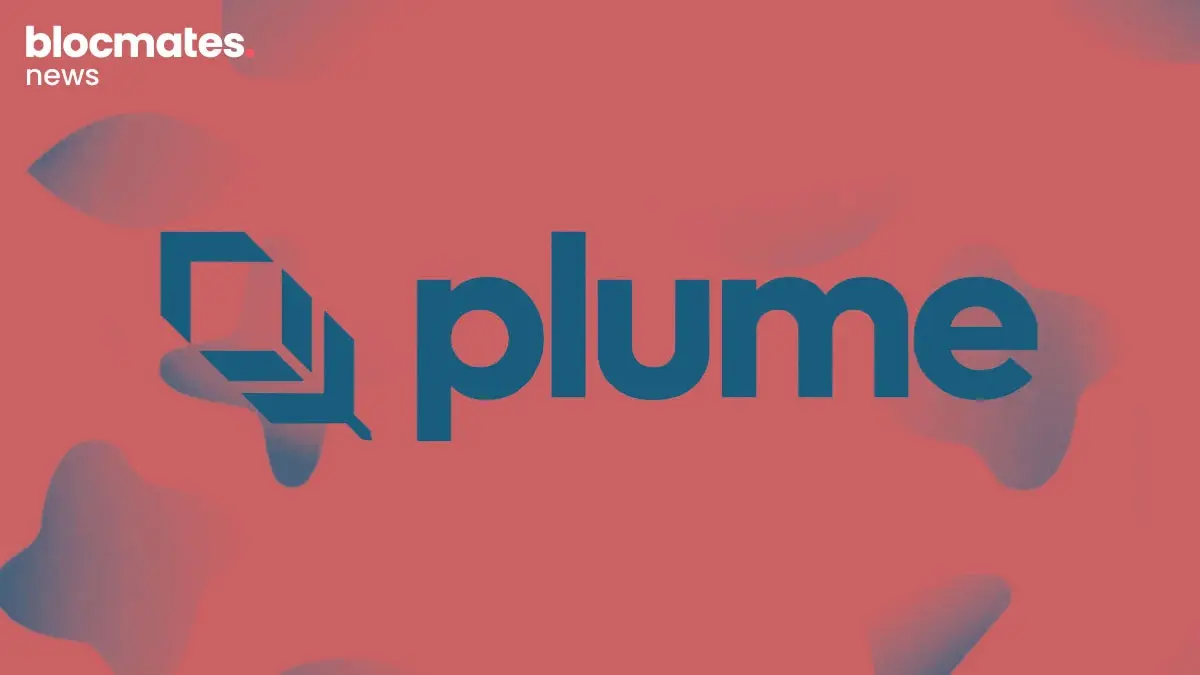

.webp)

.webp)

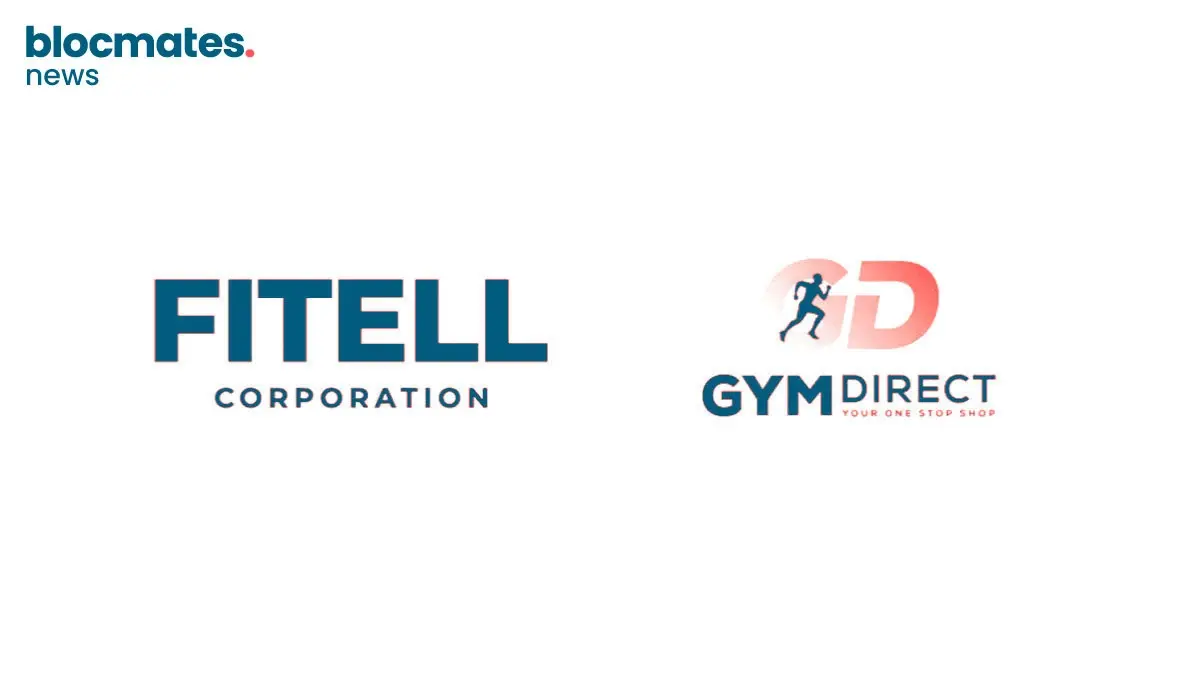
.webp)

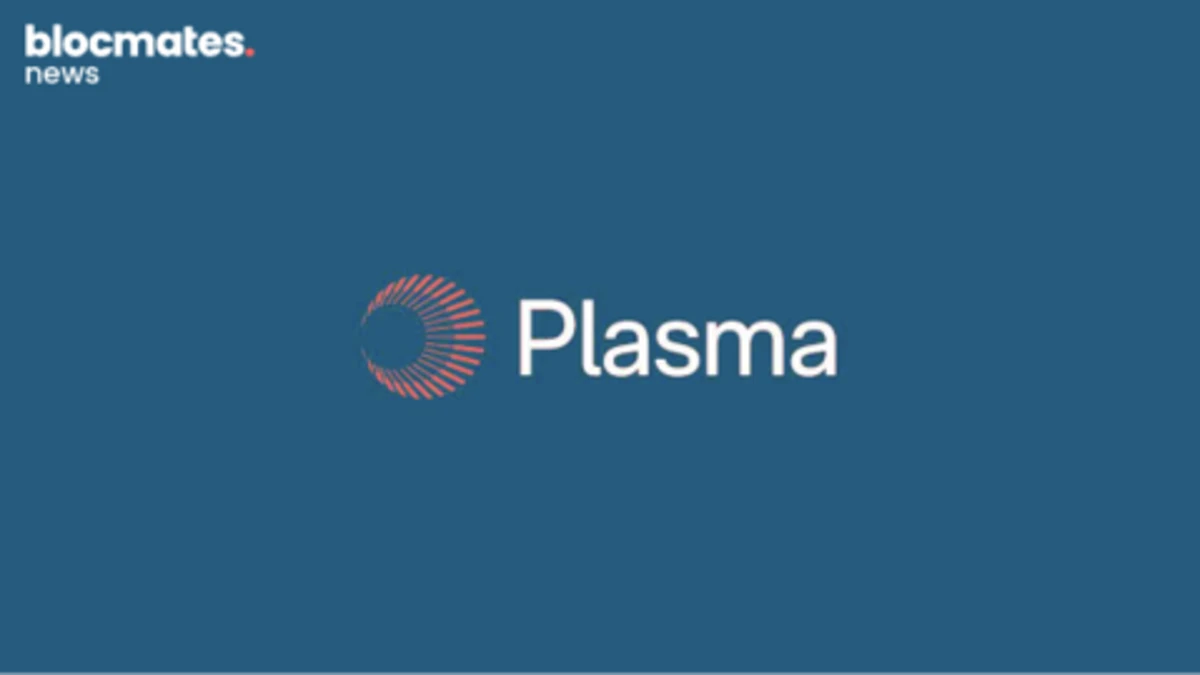

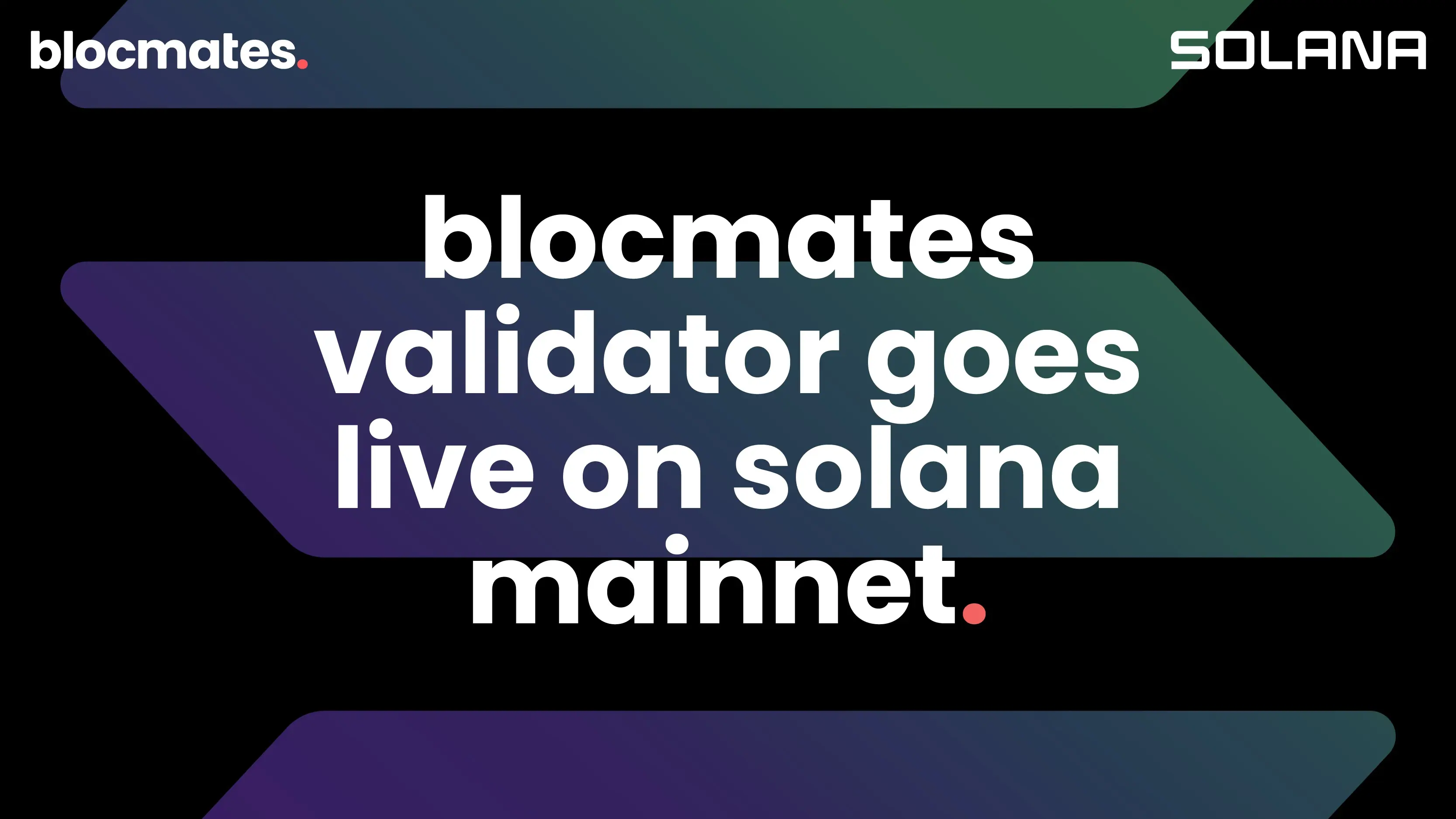
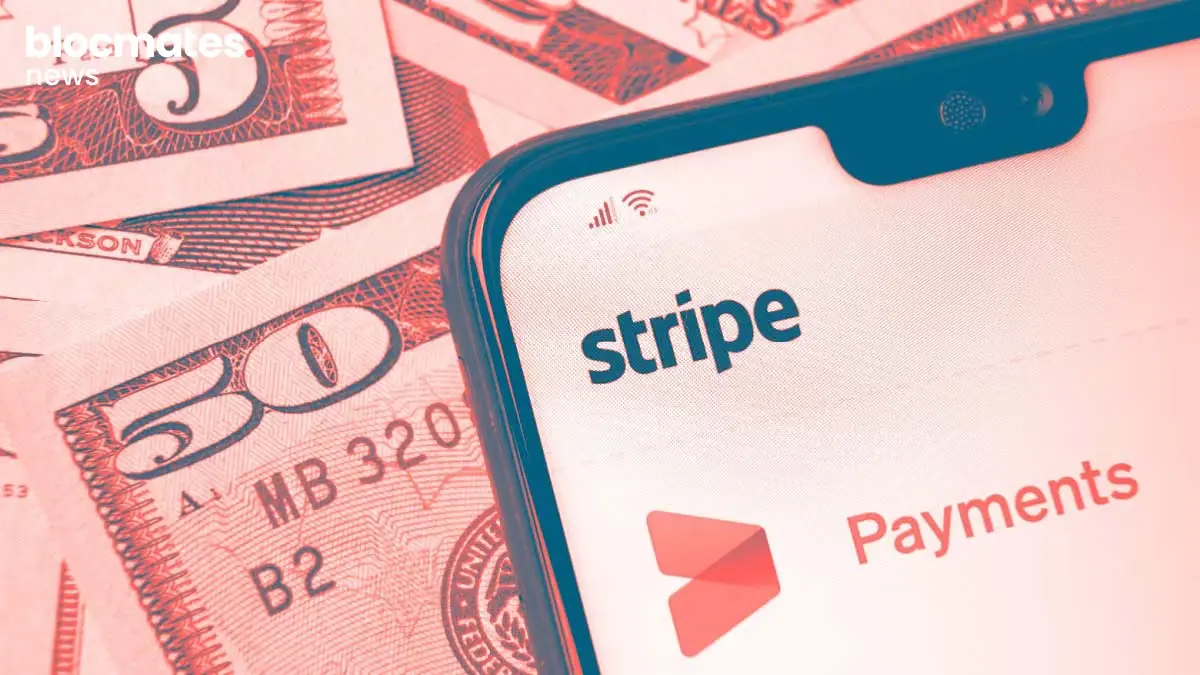



.webp)
